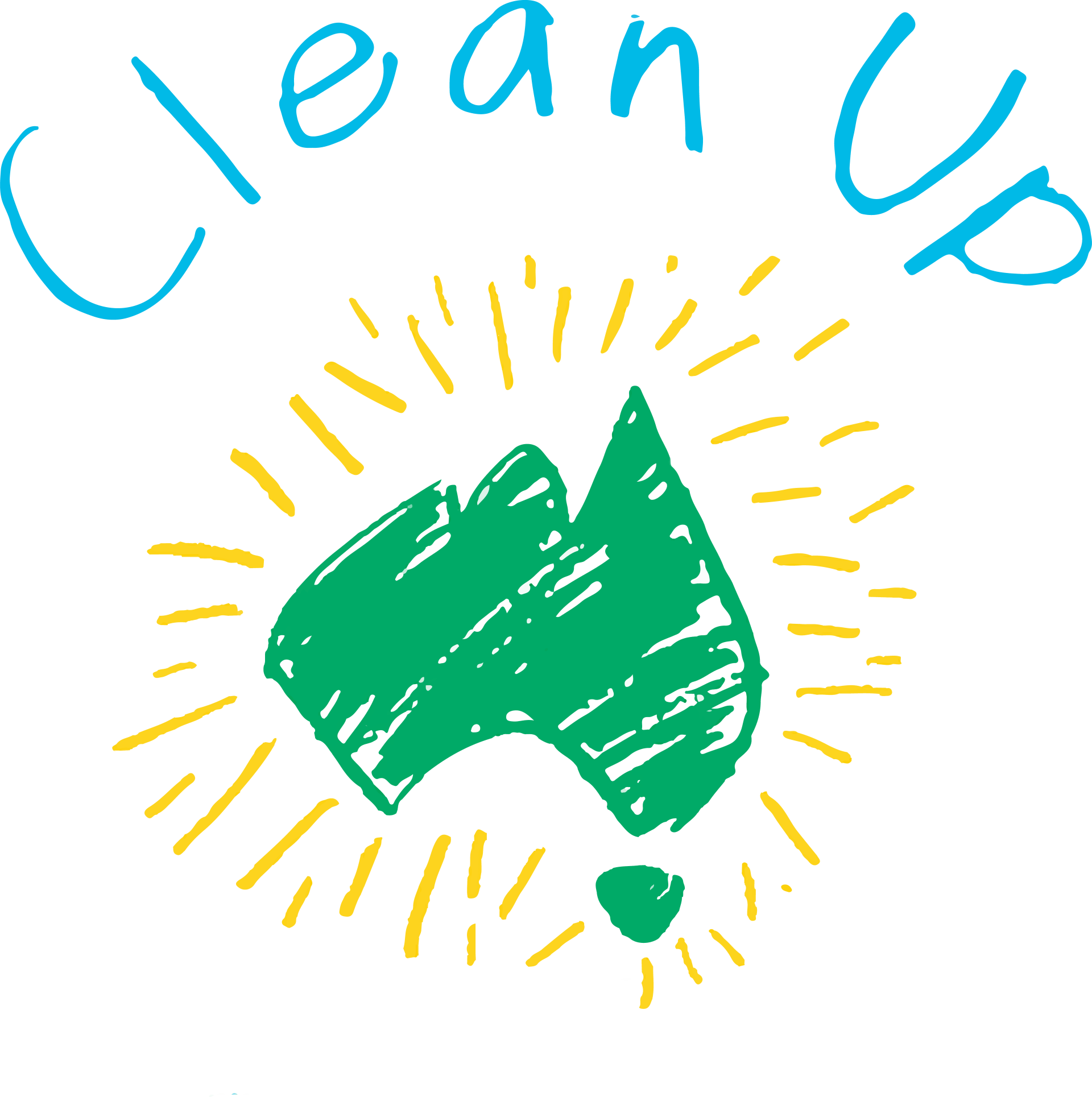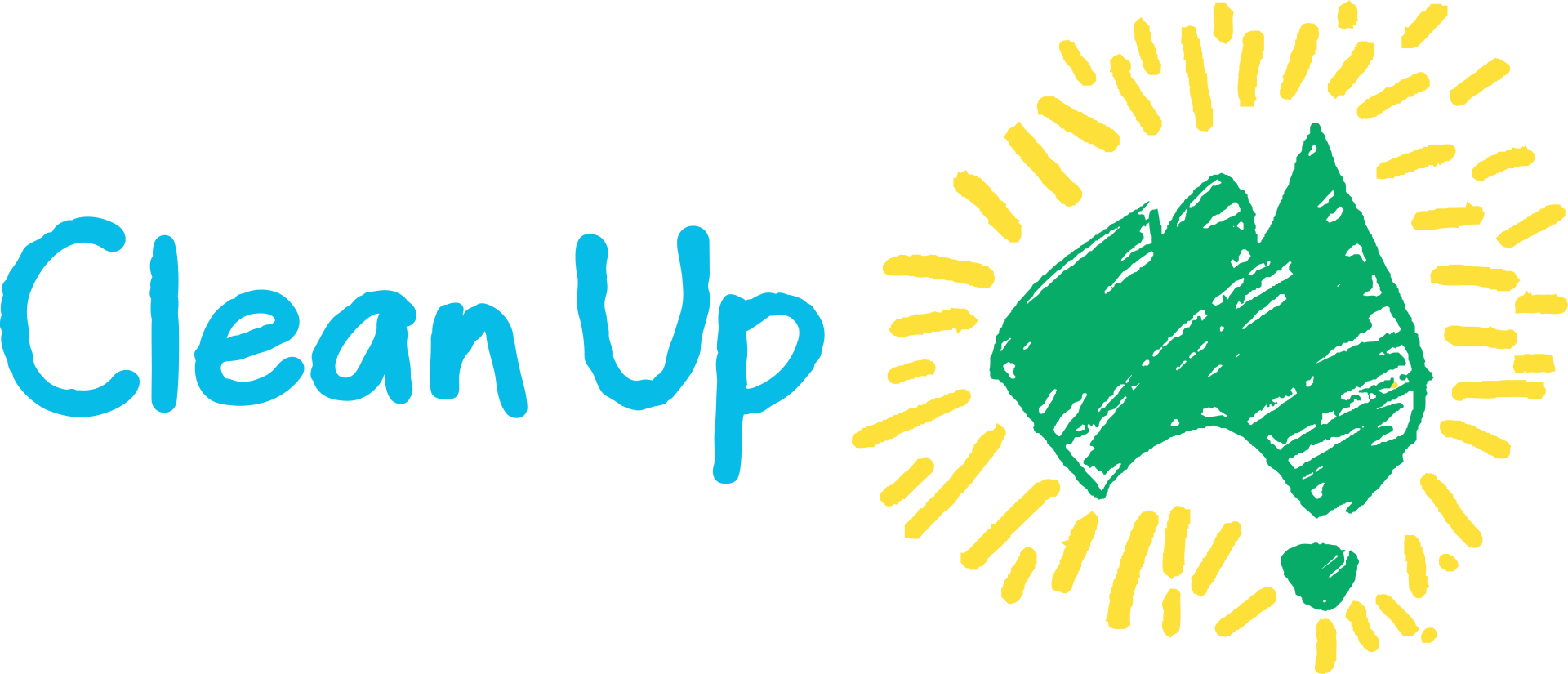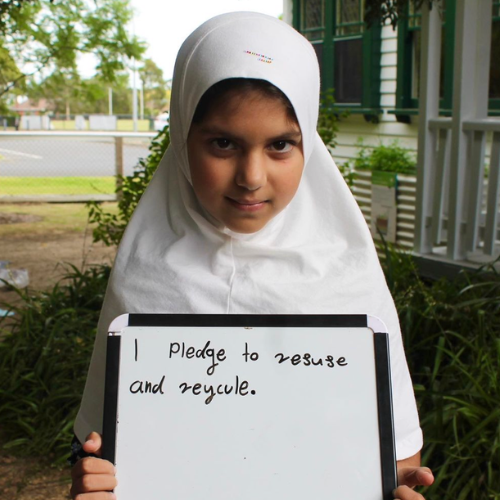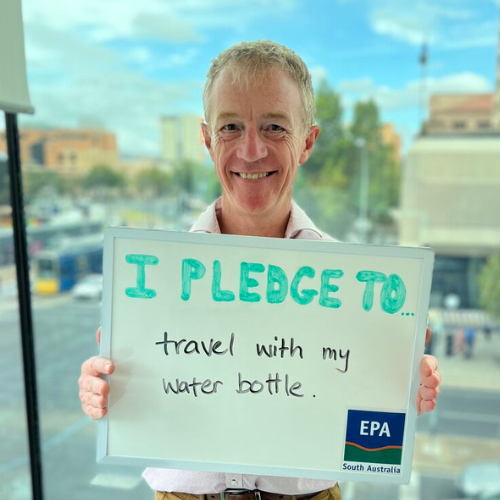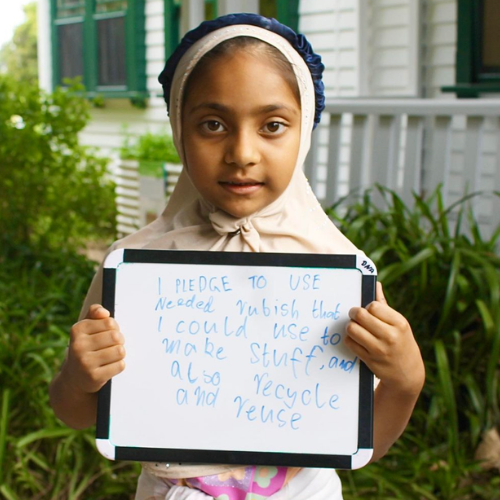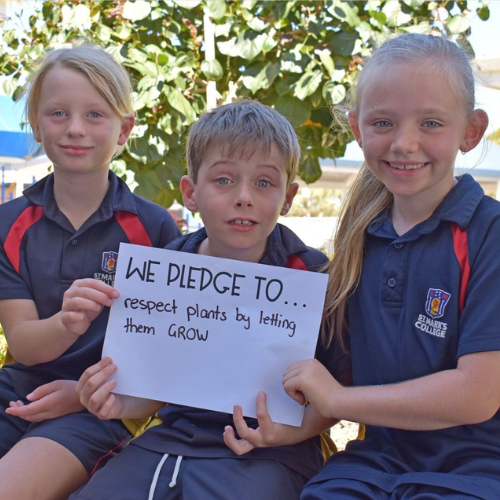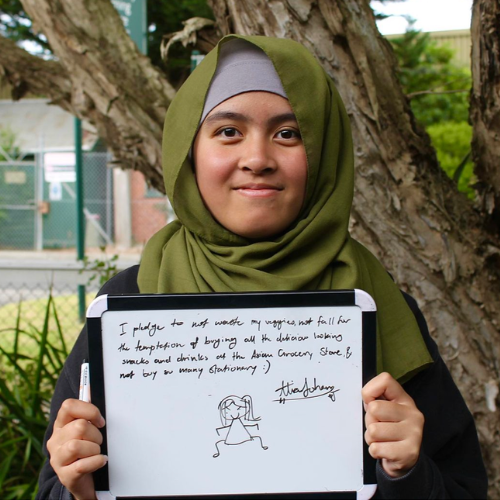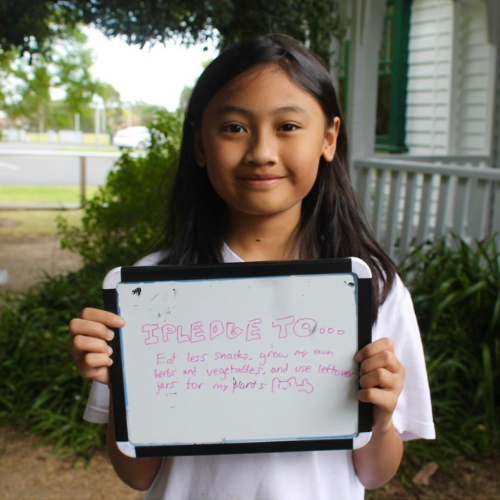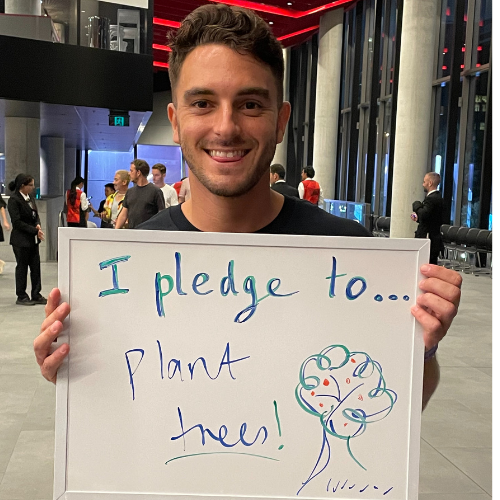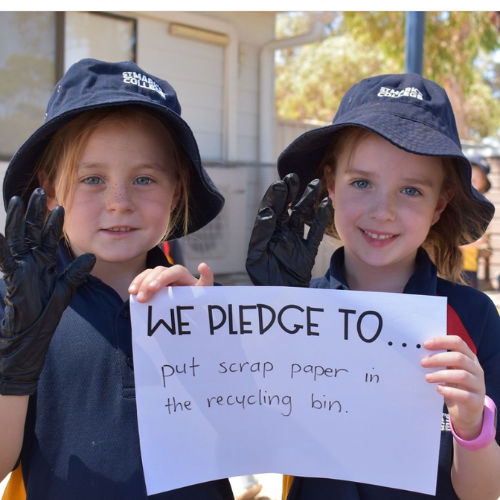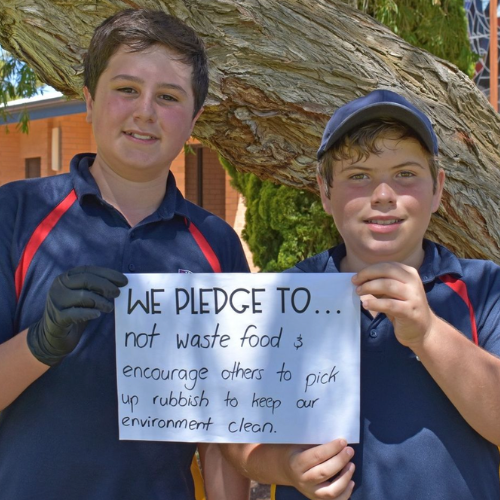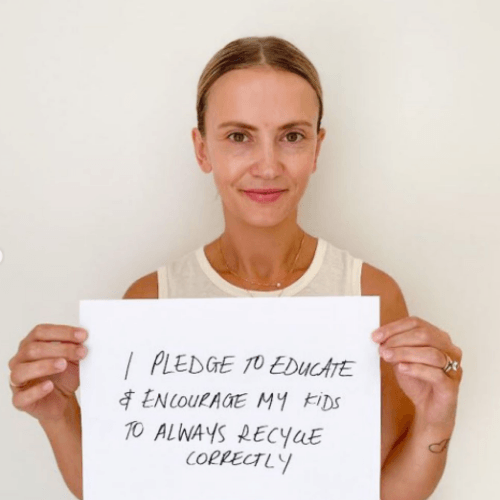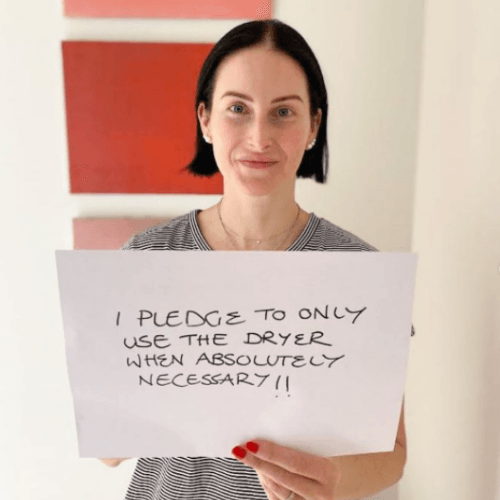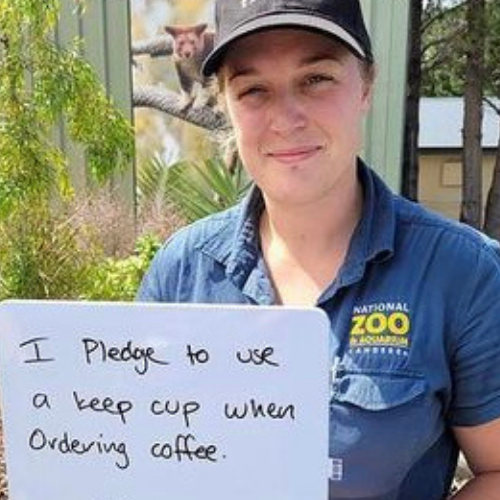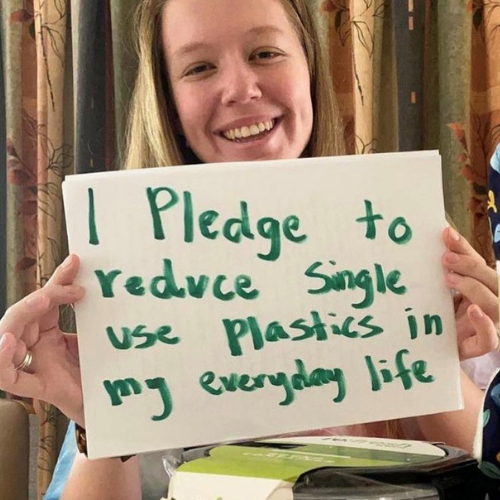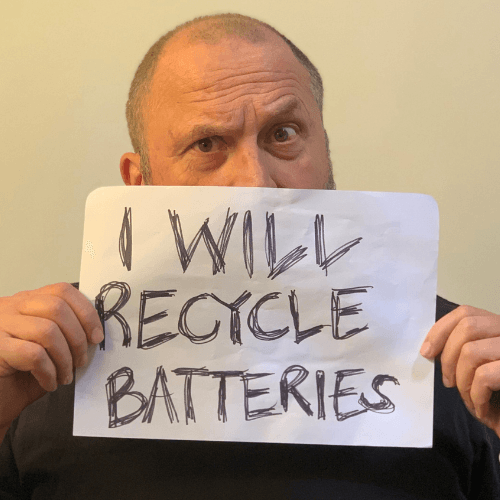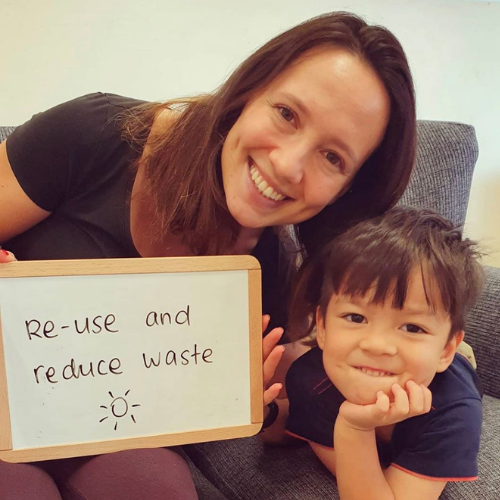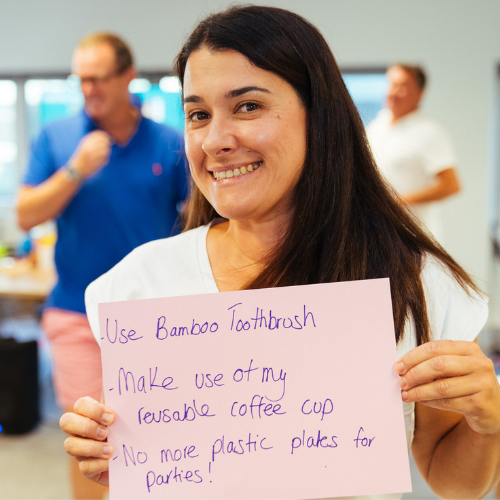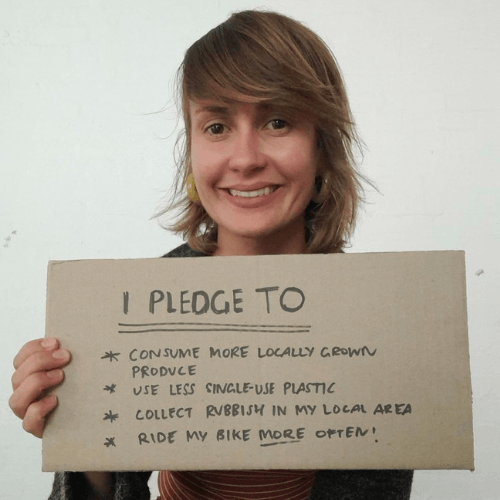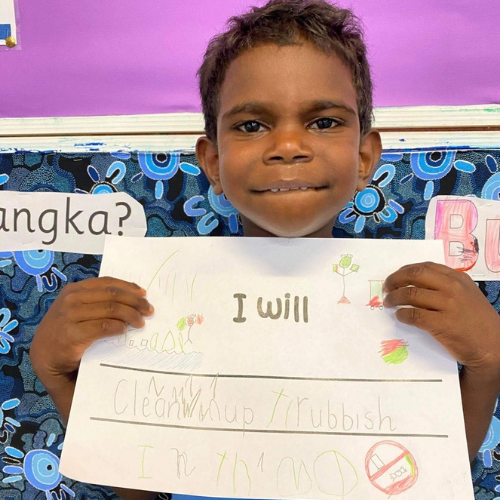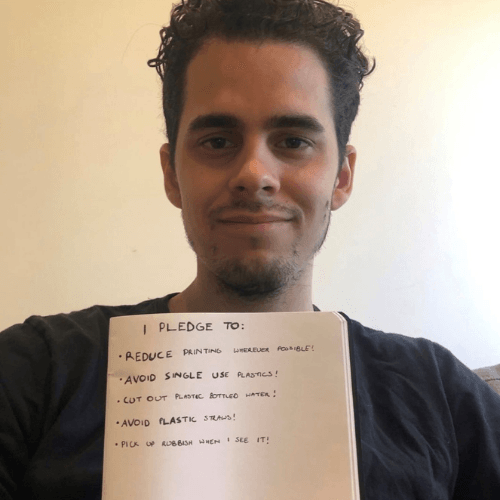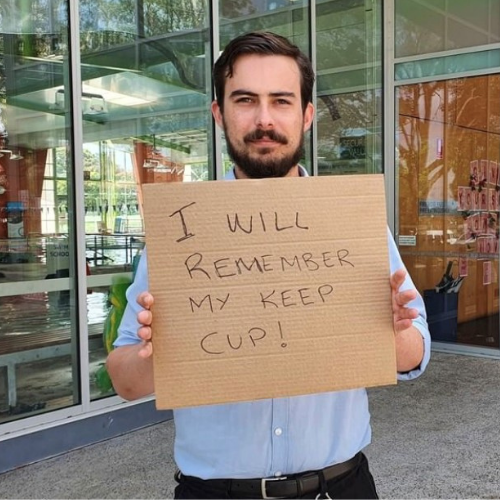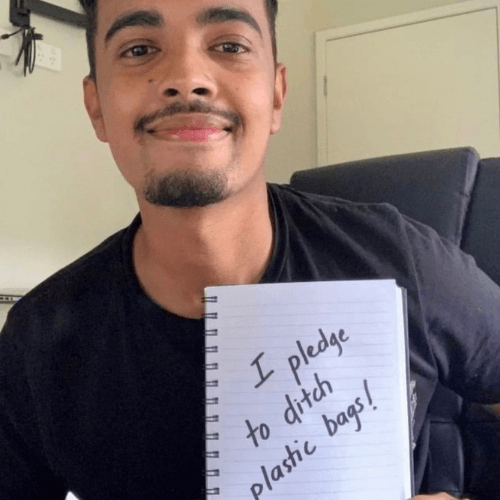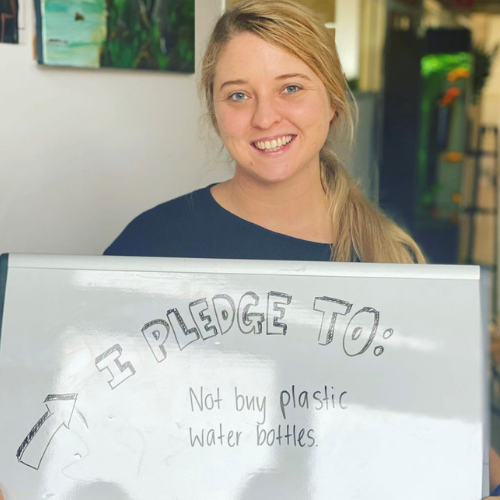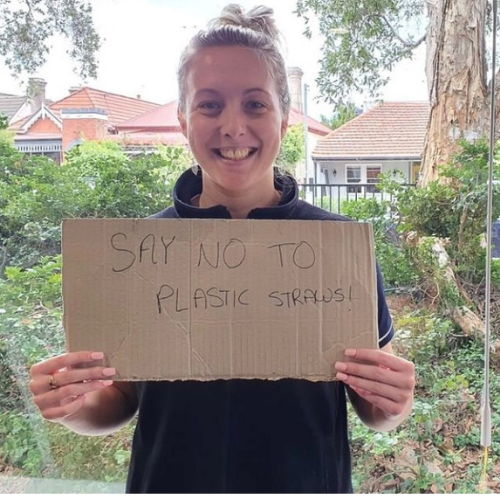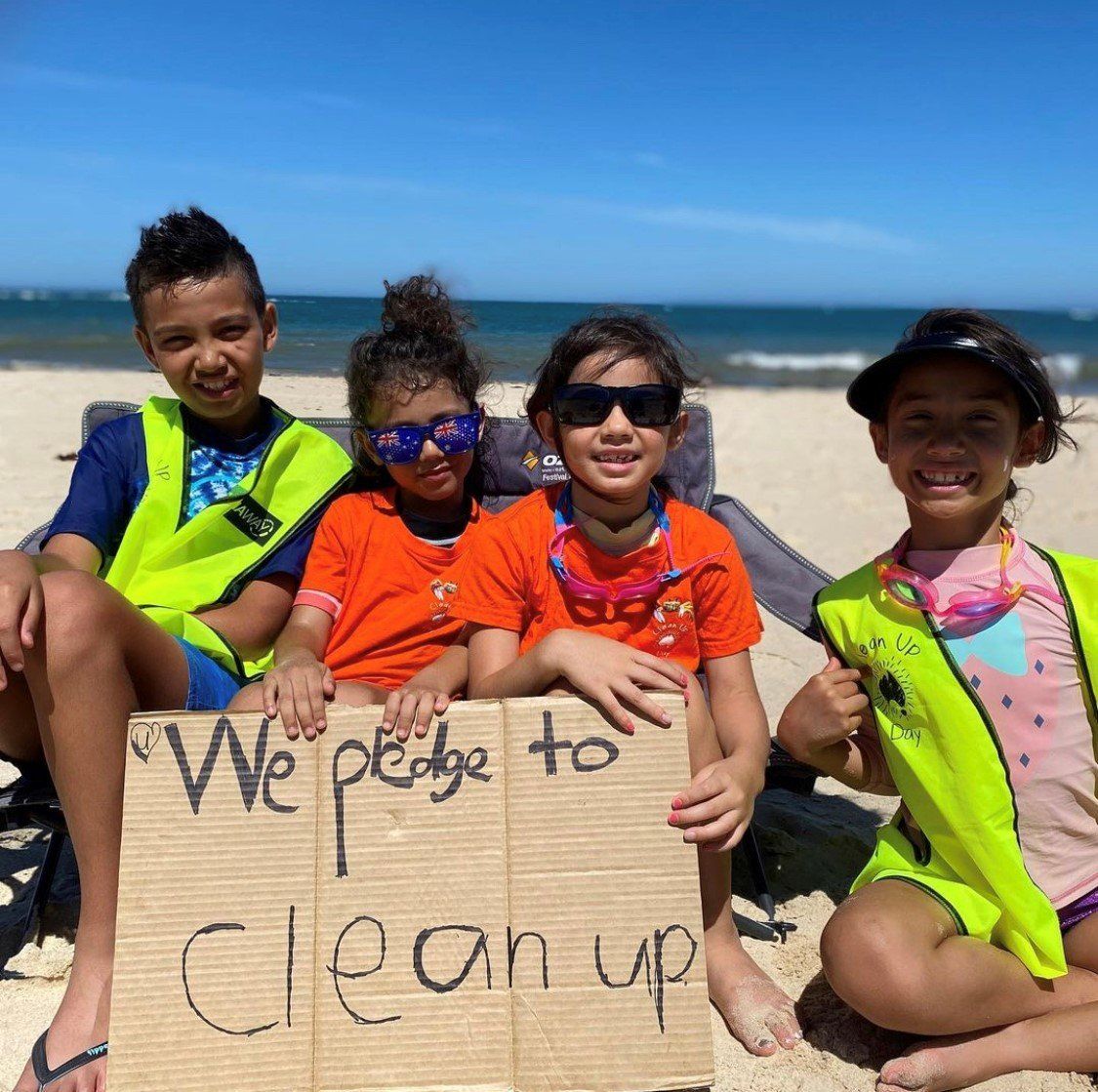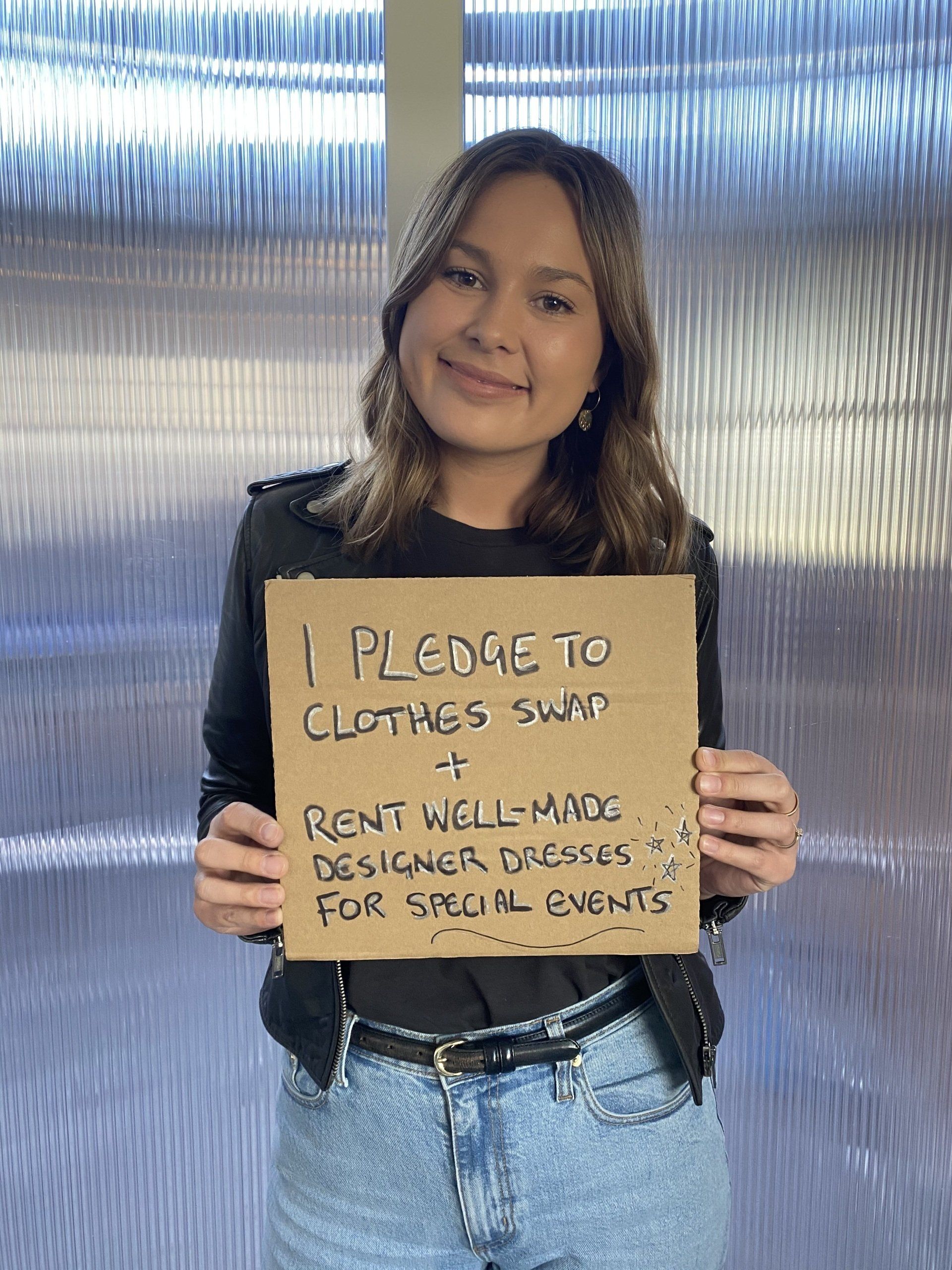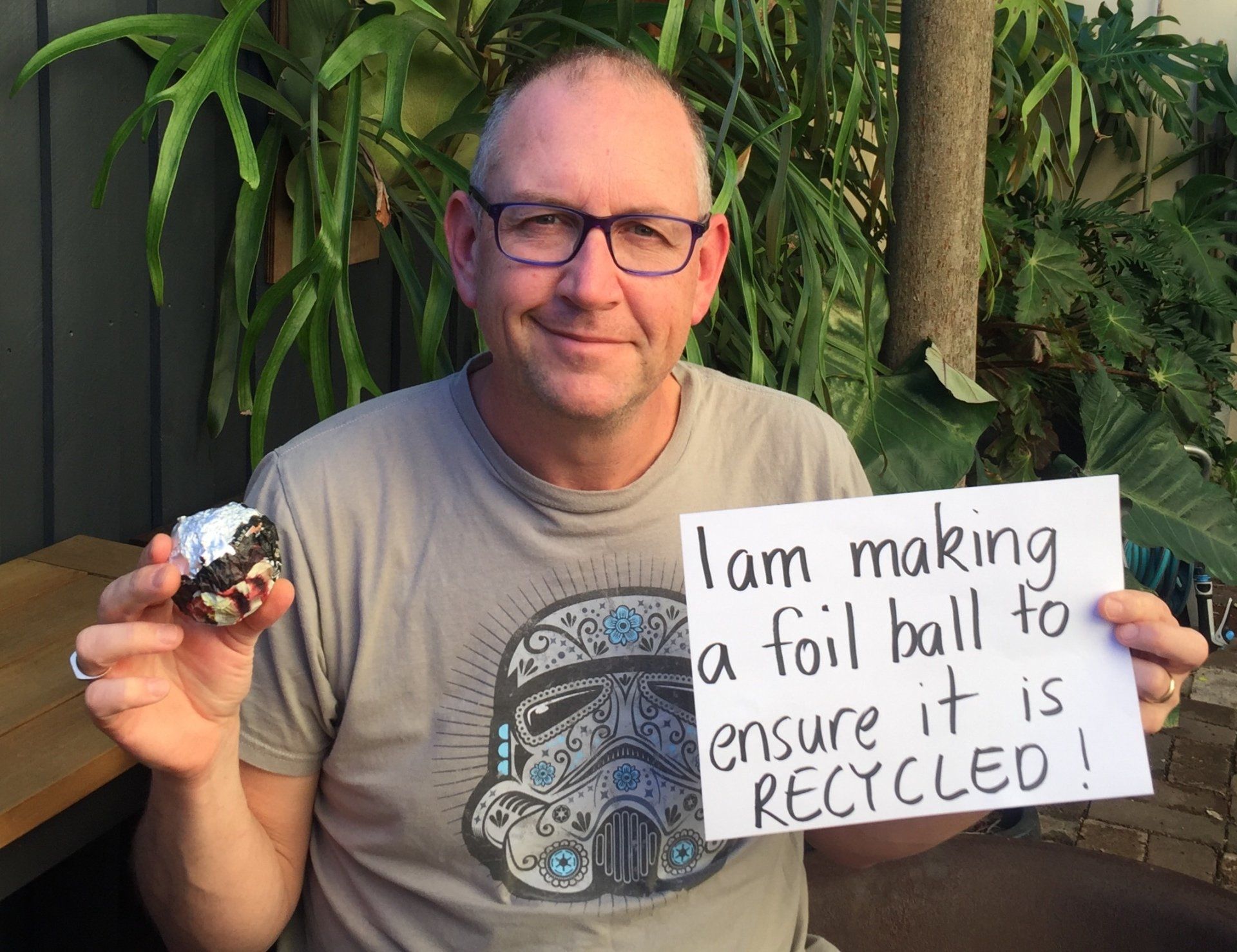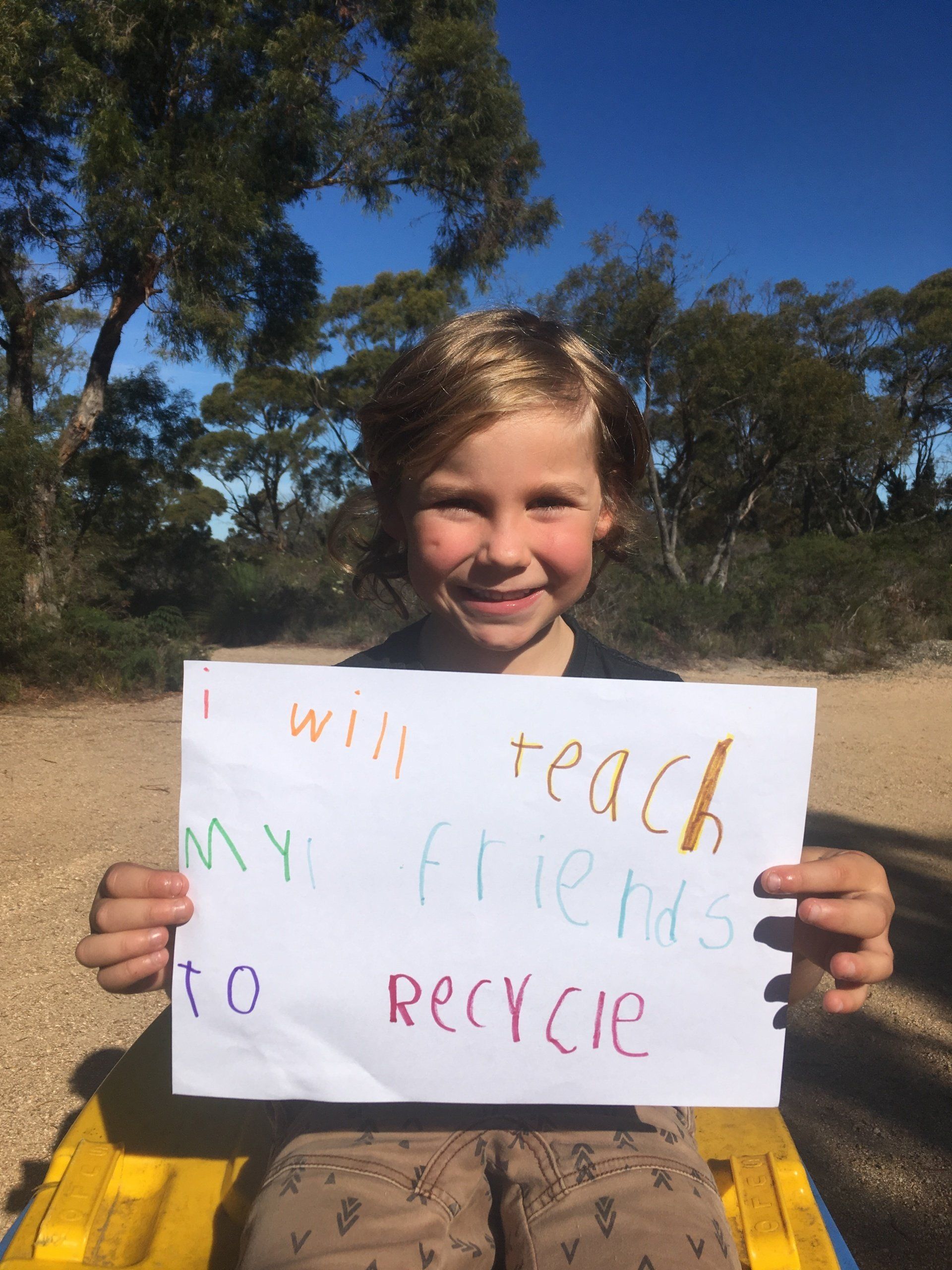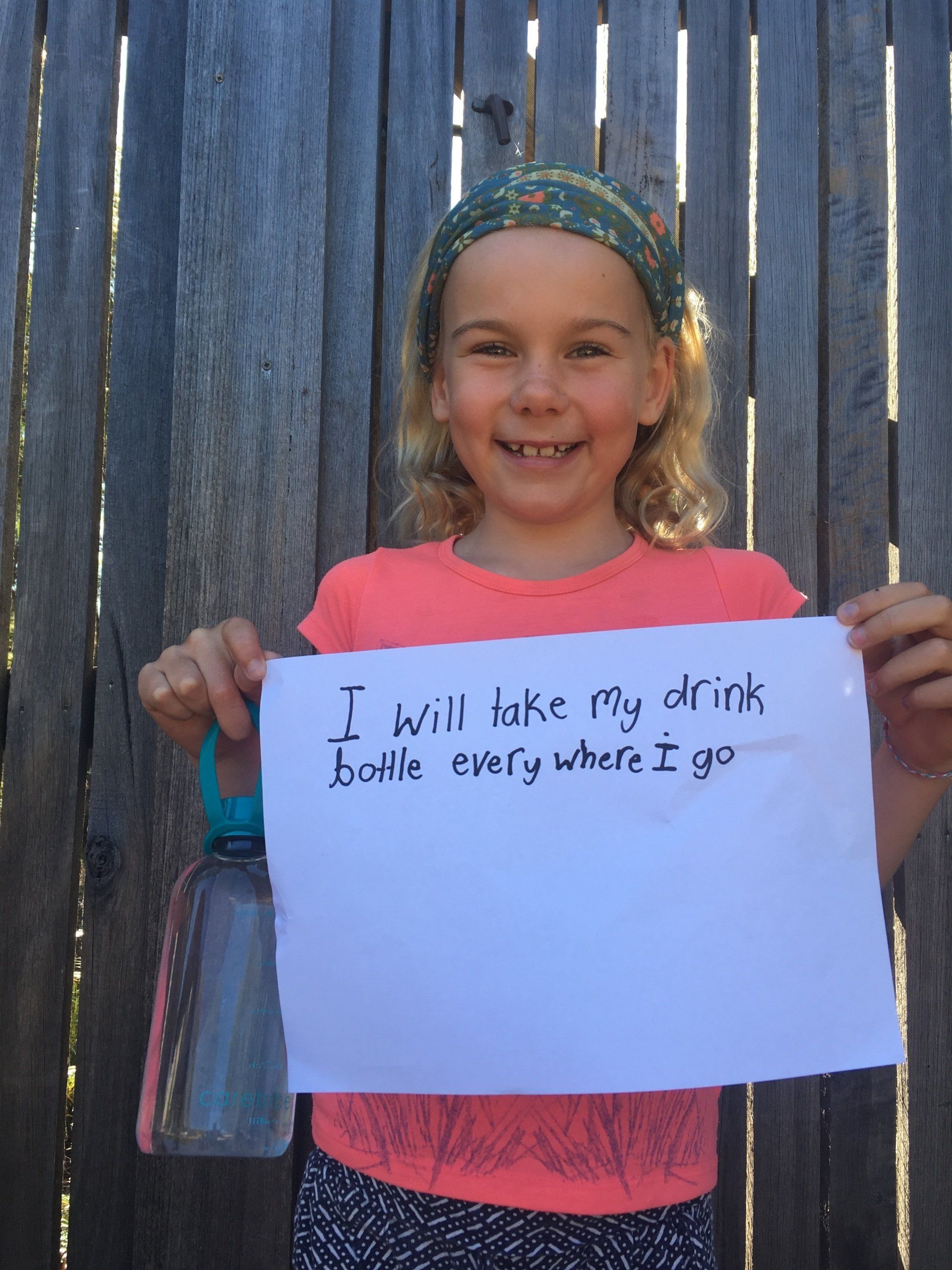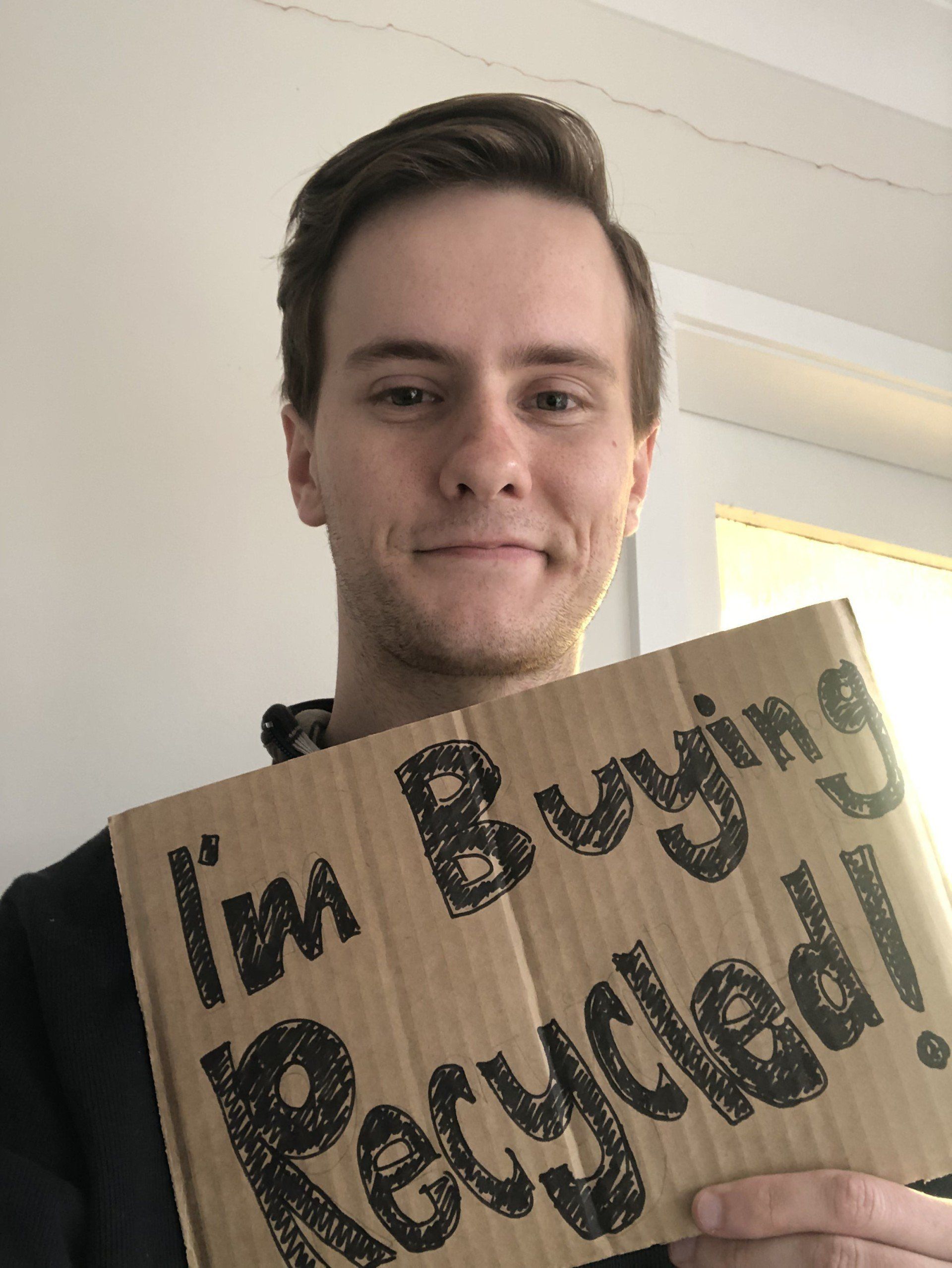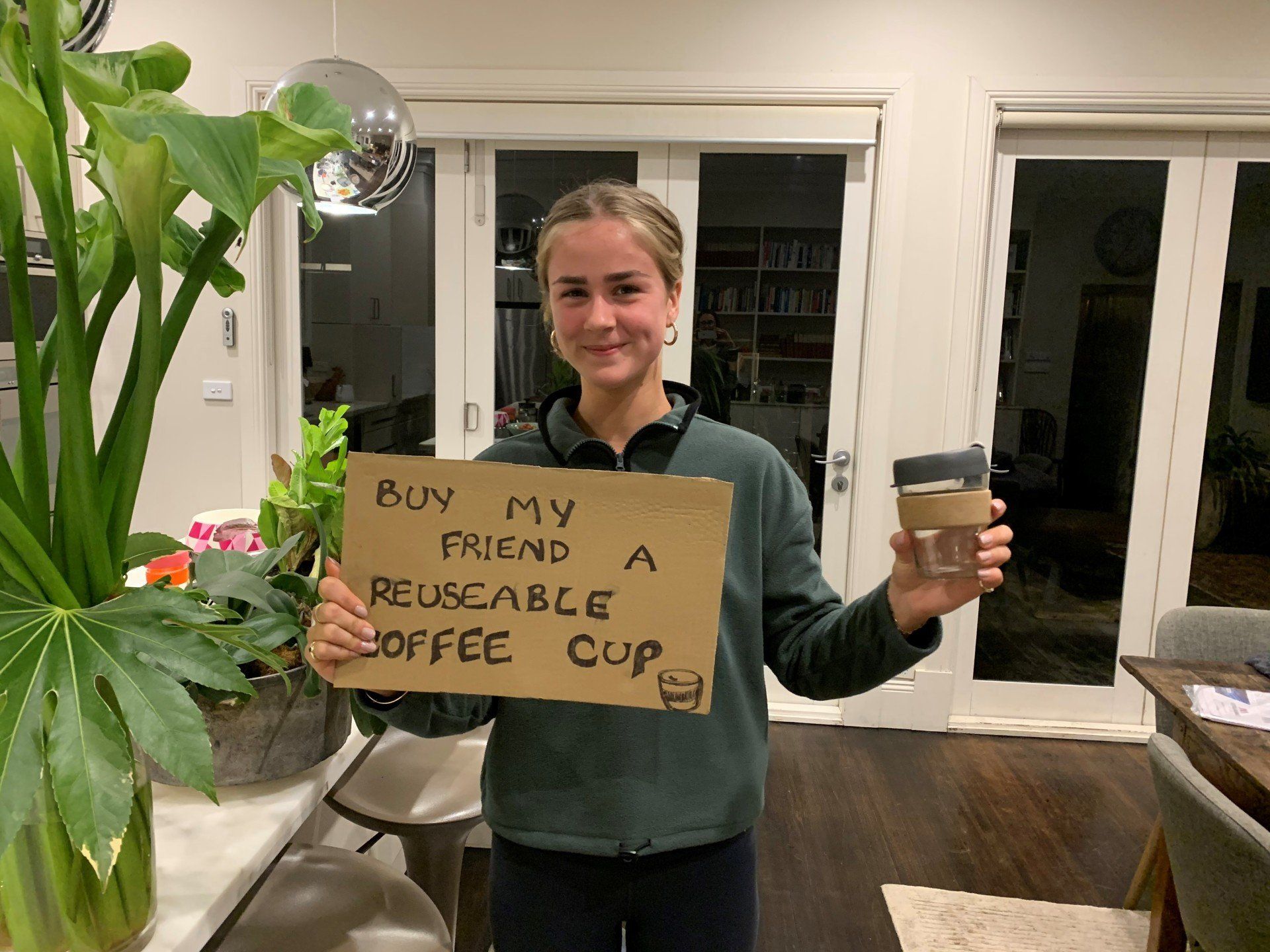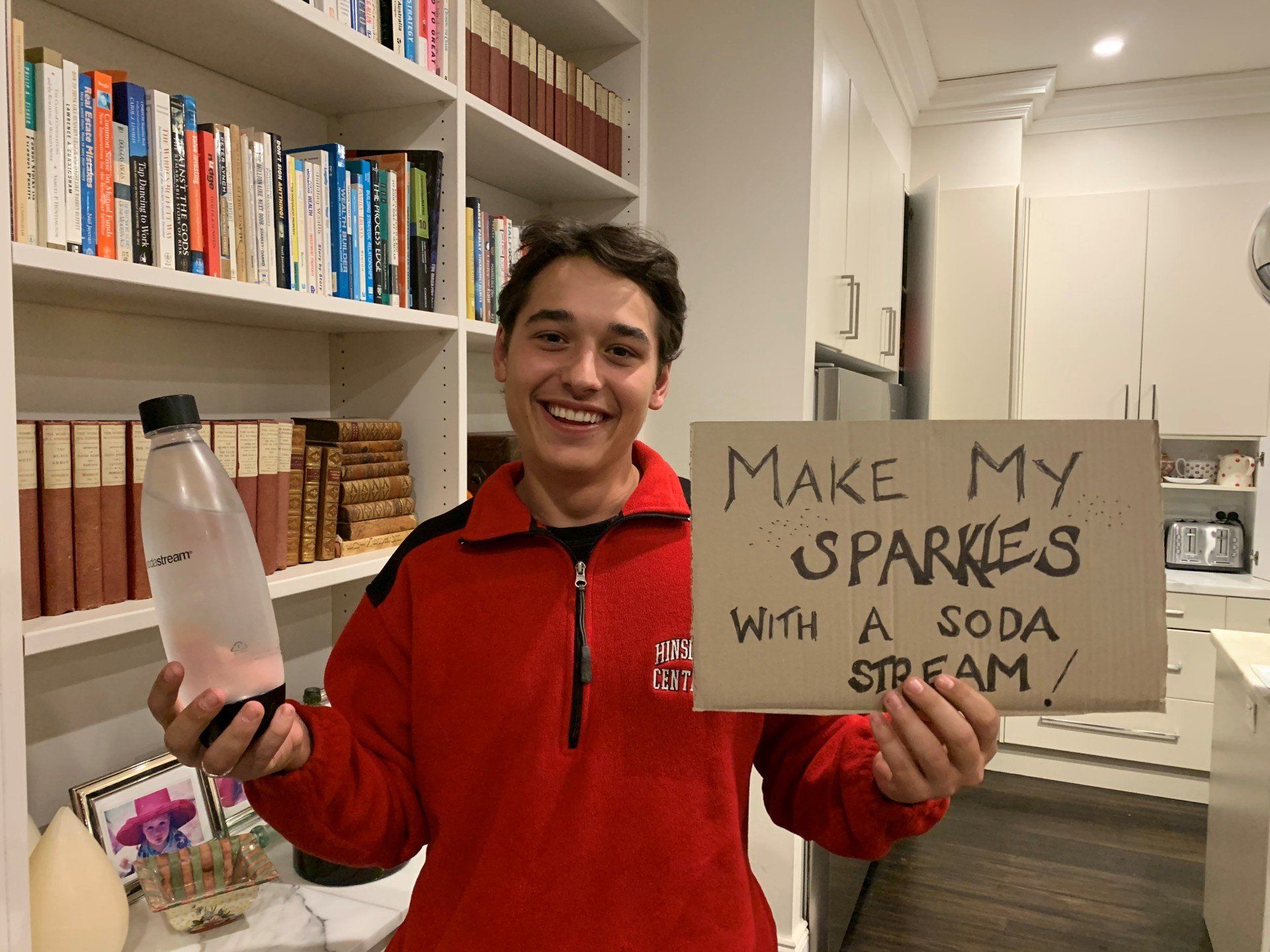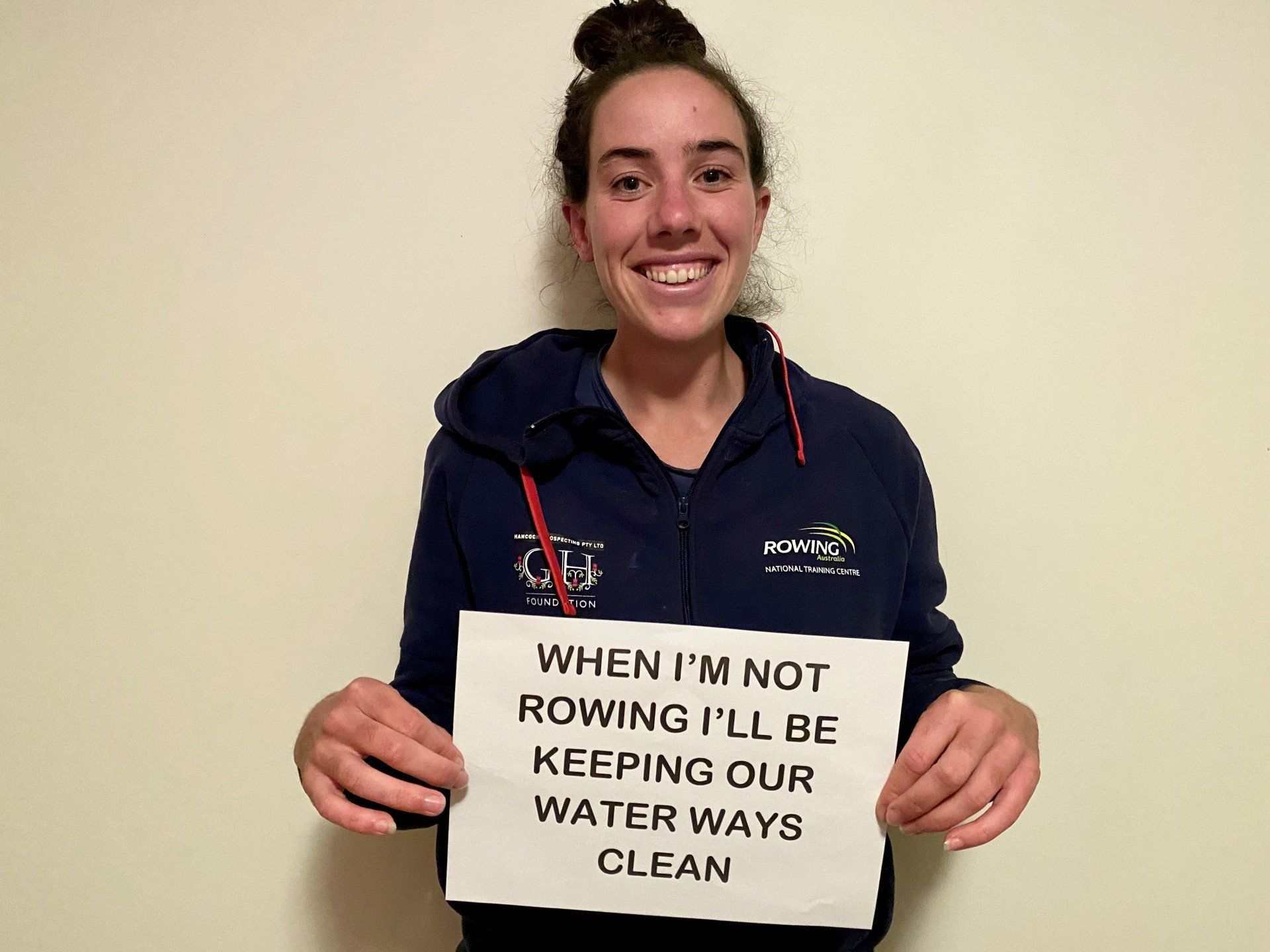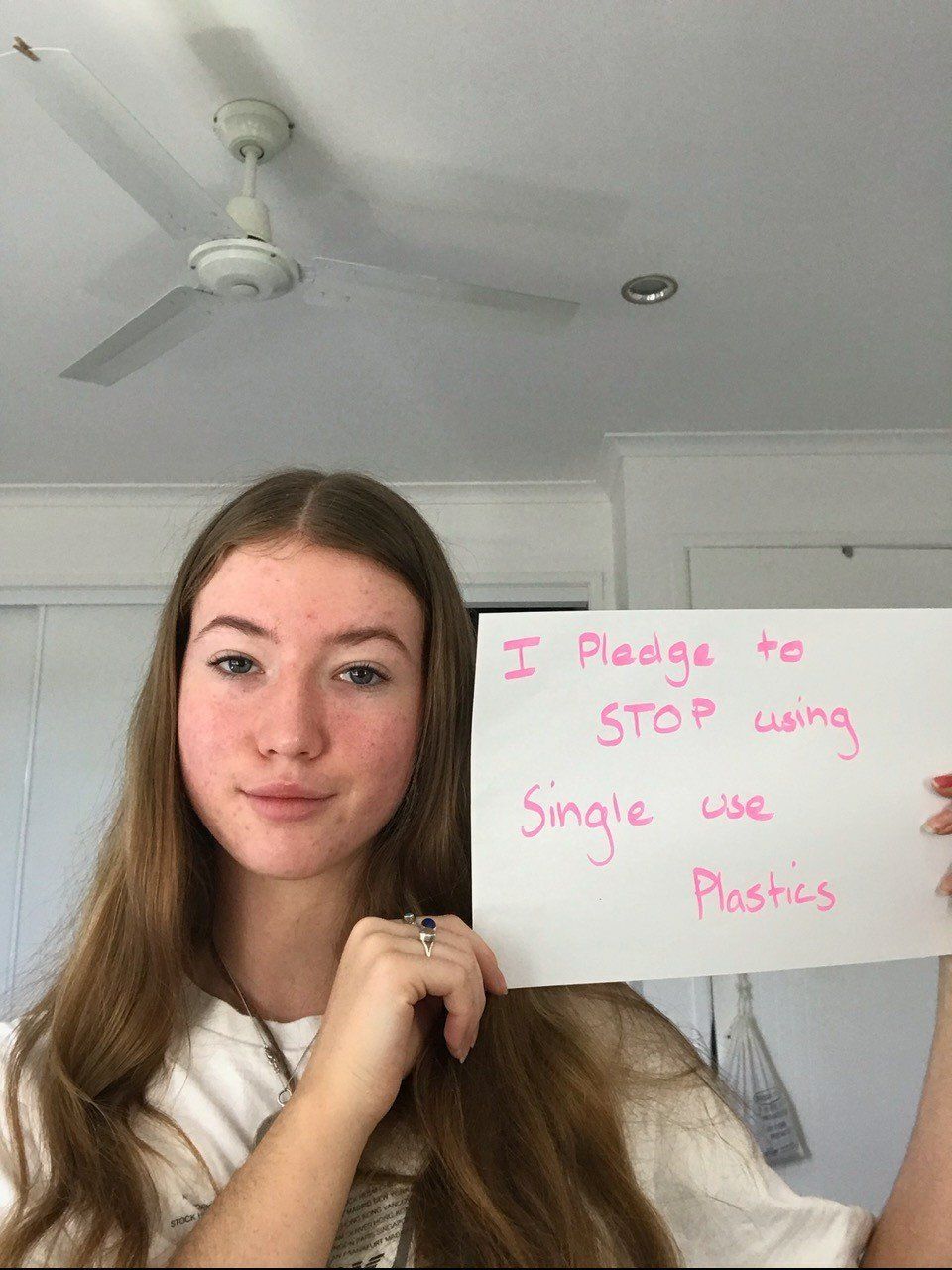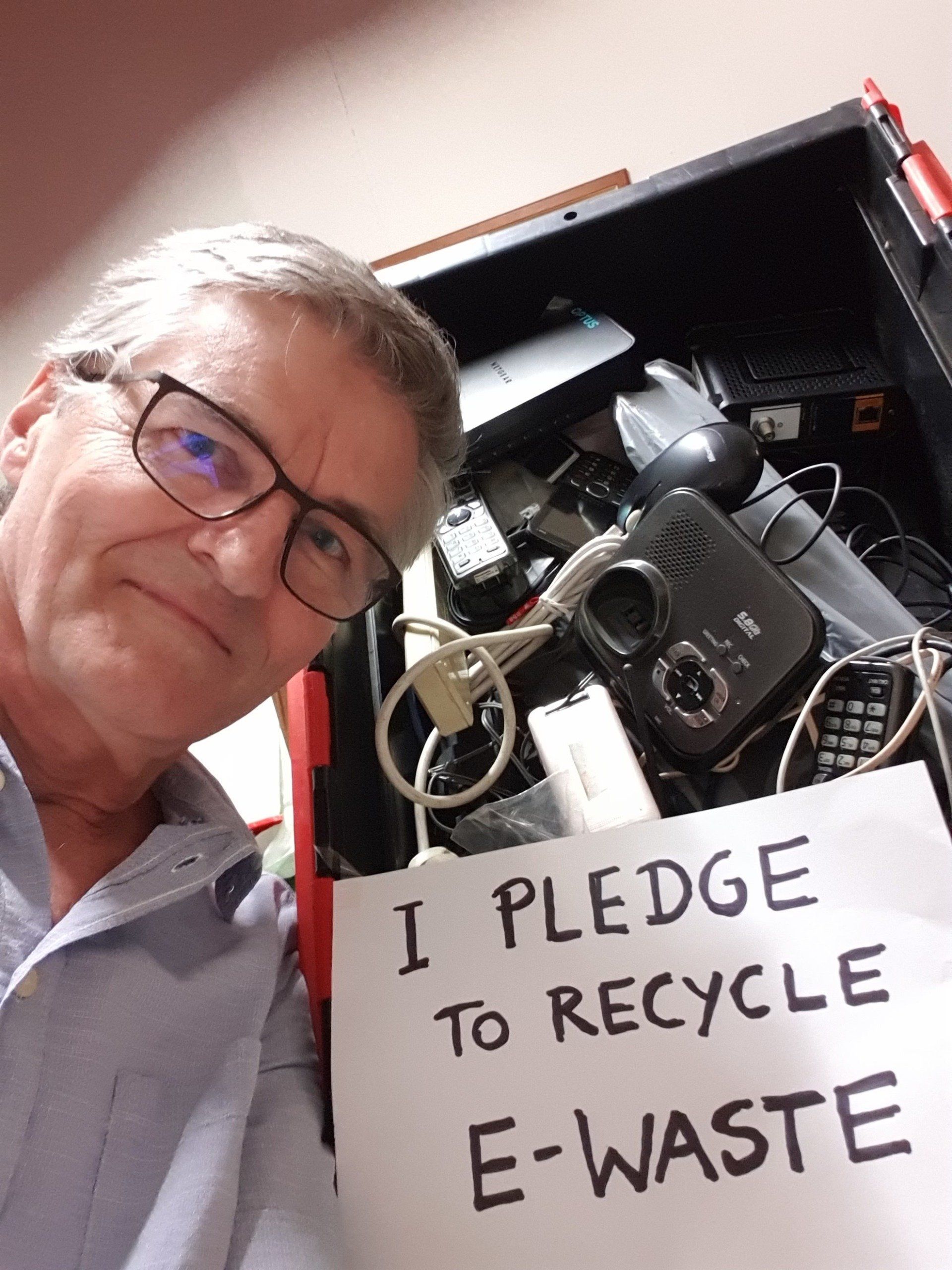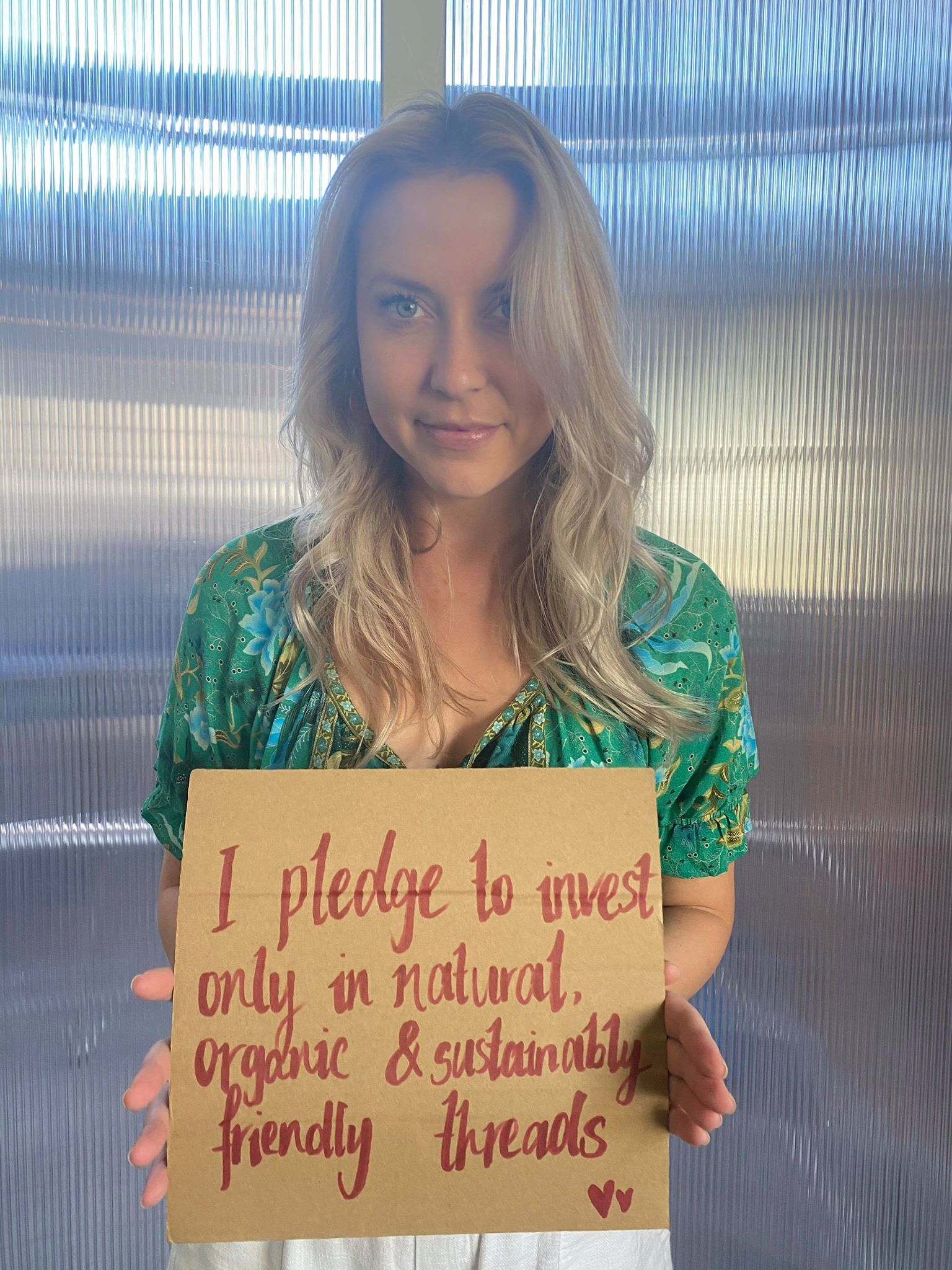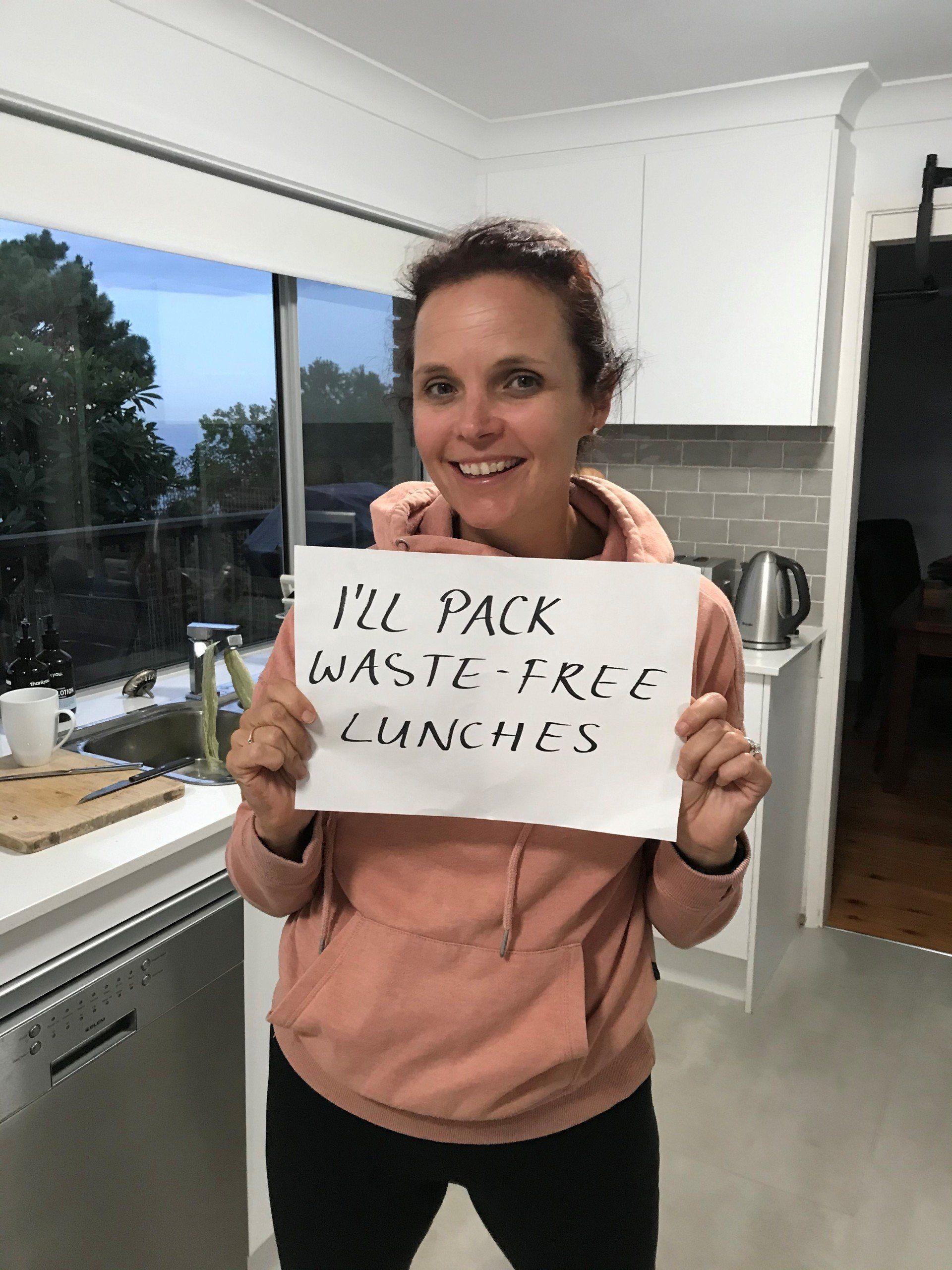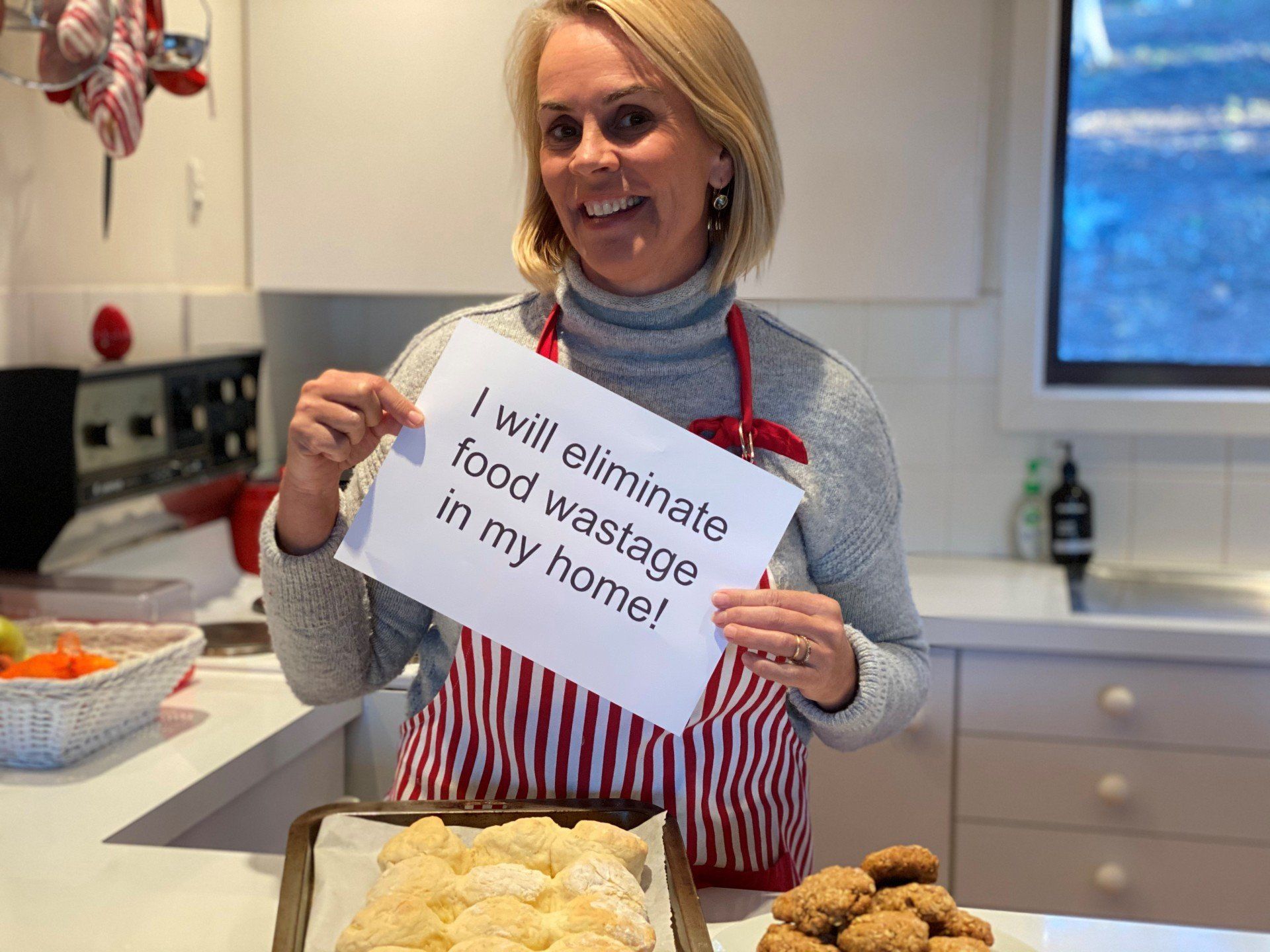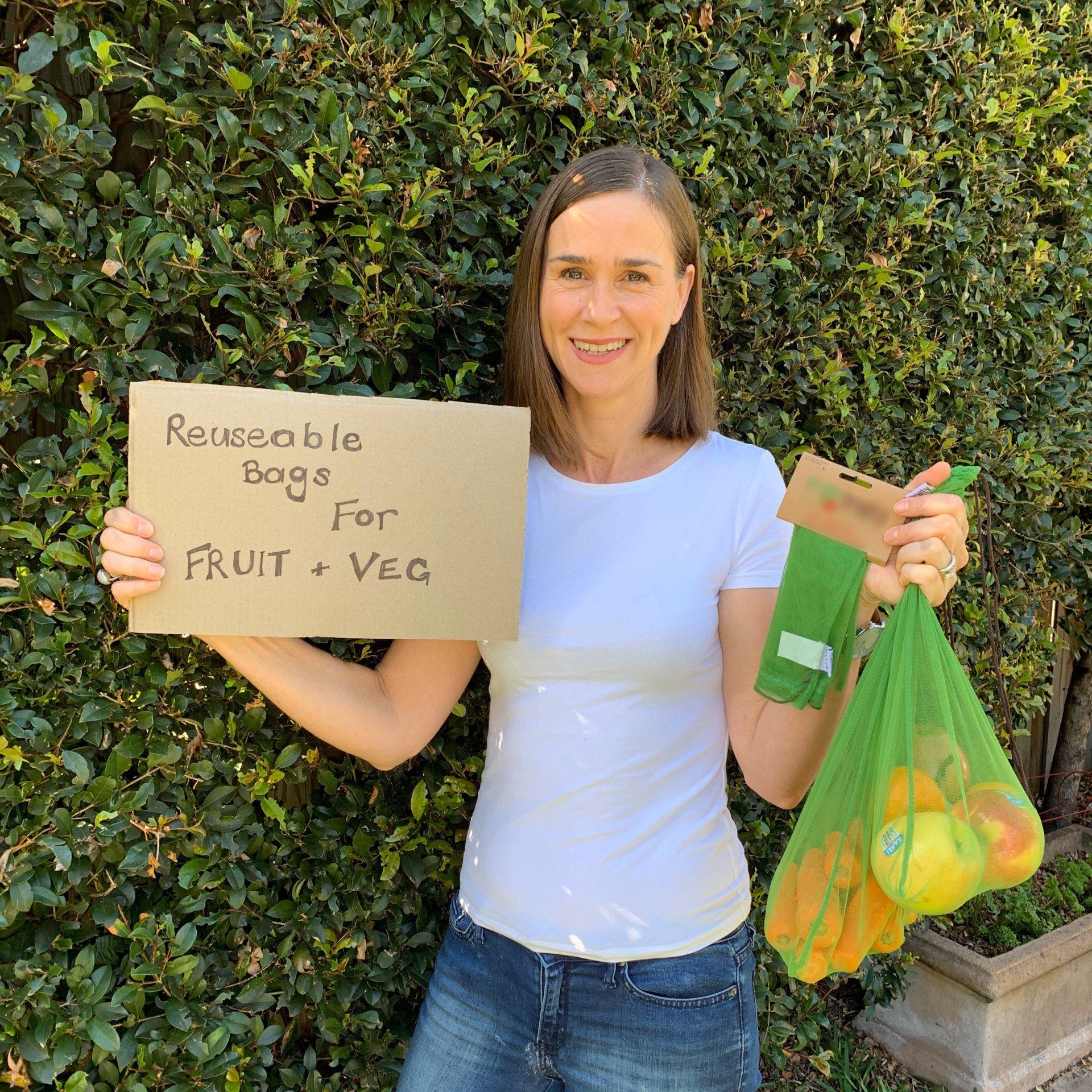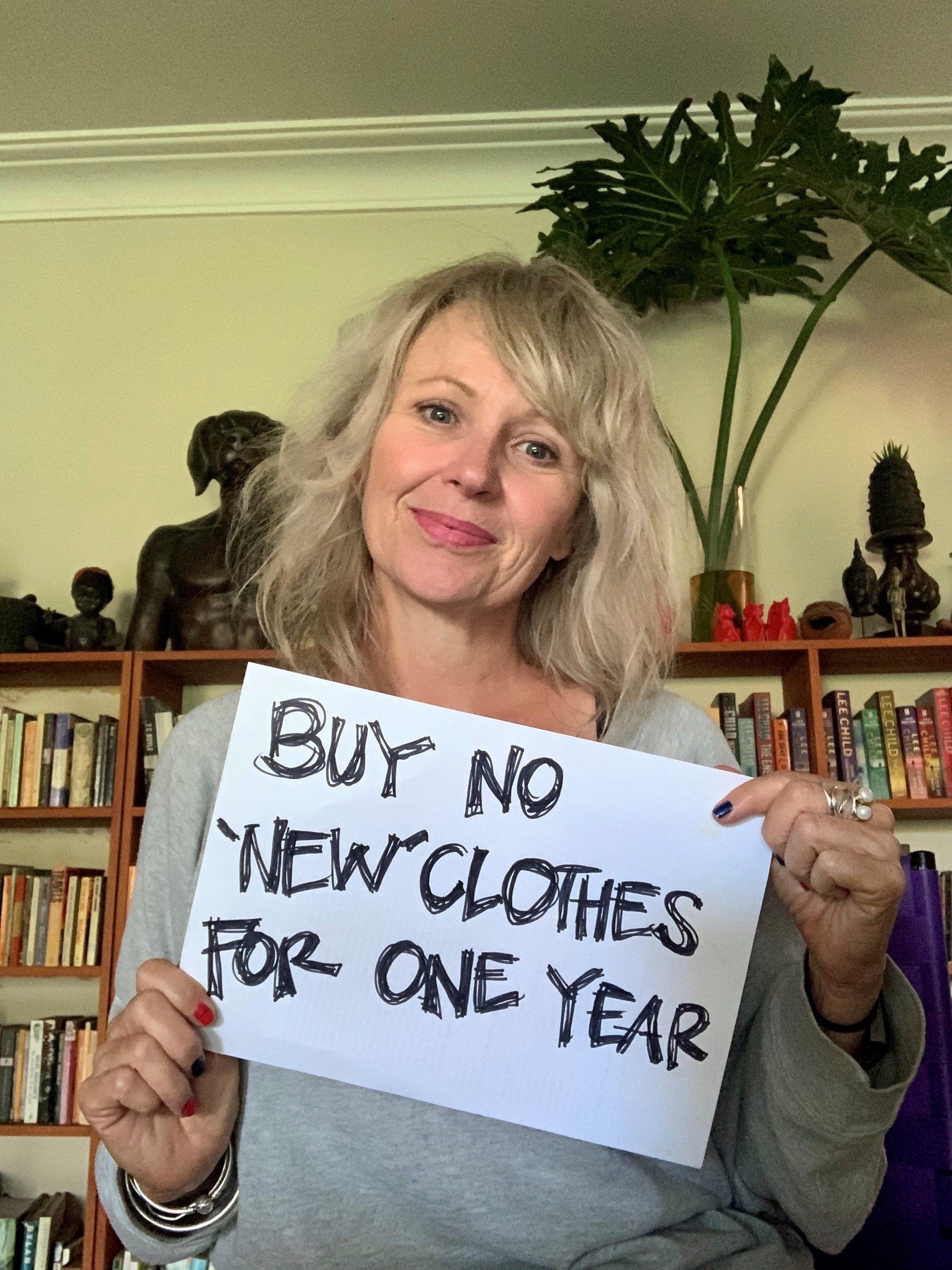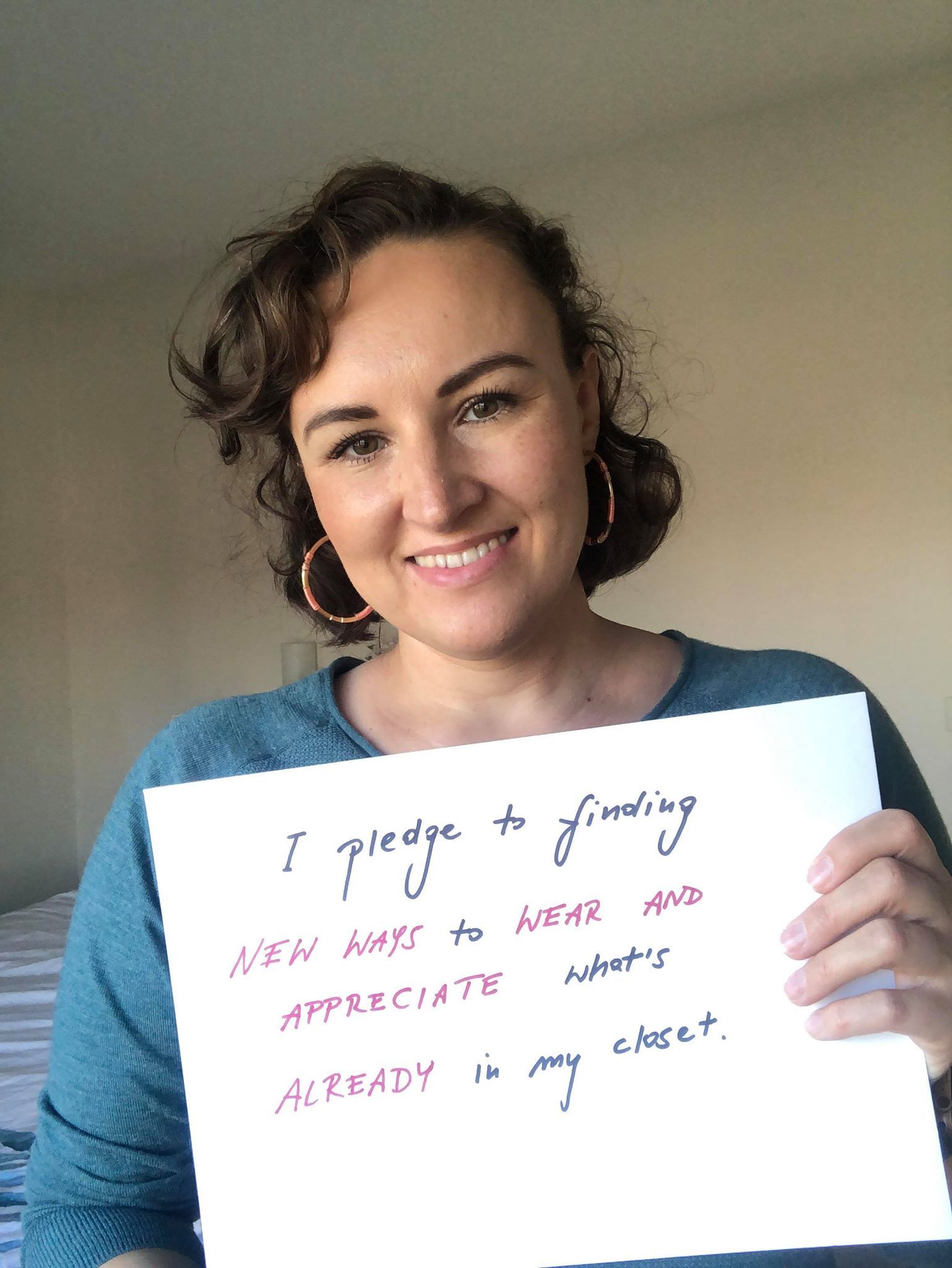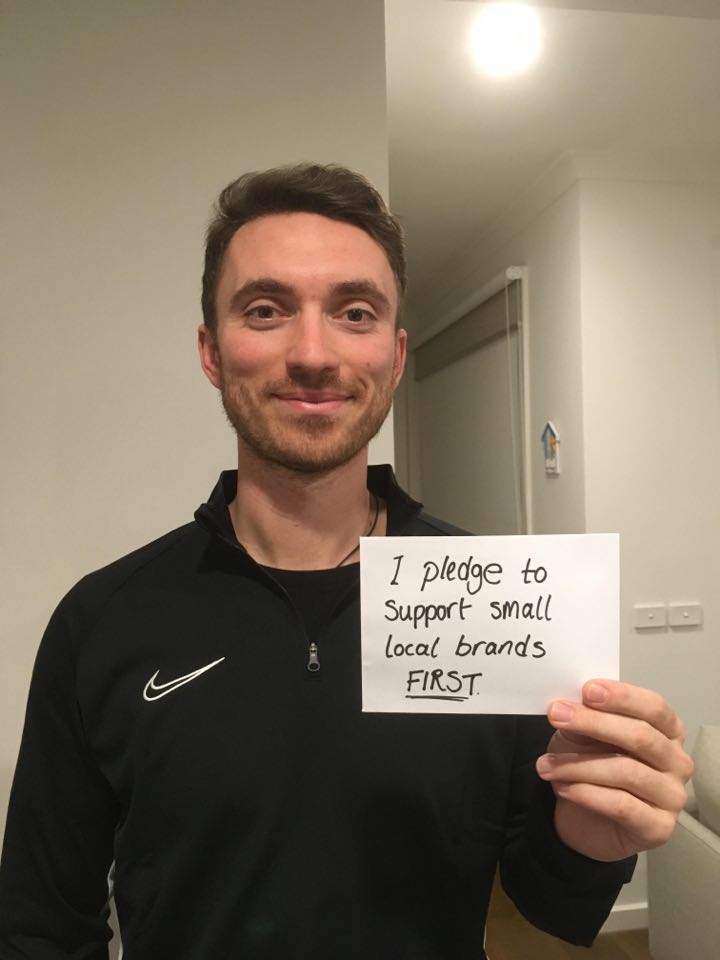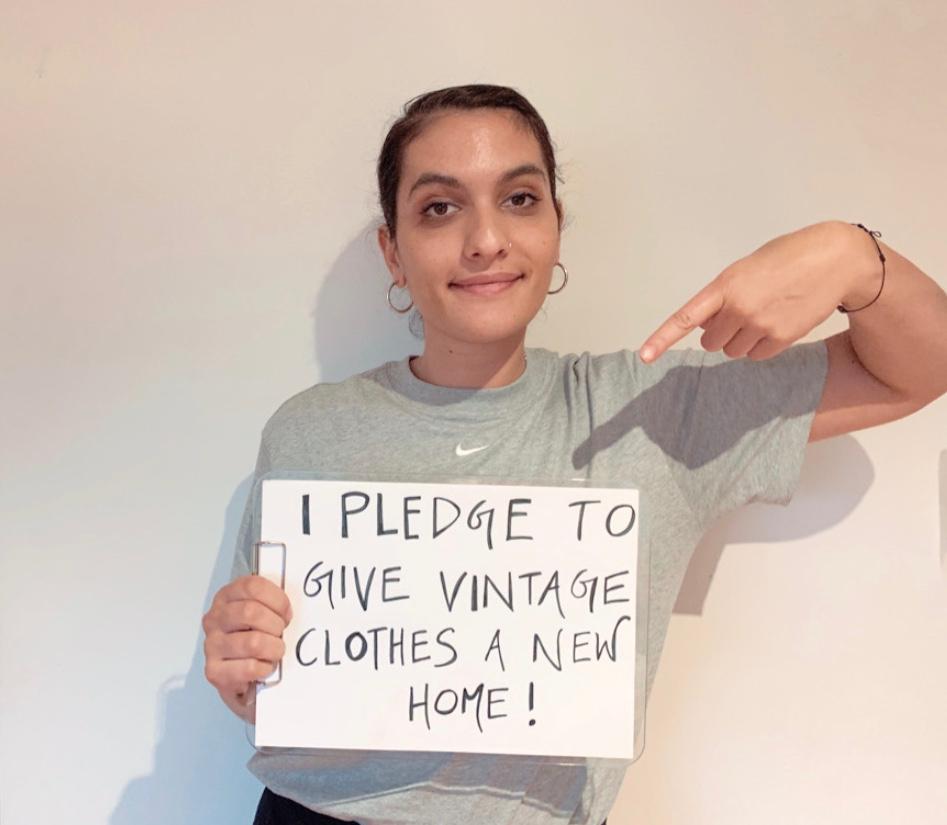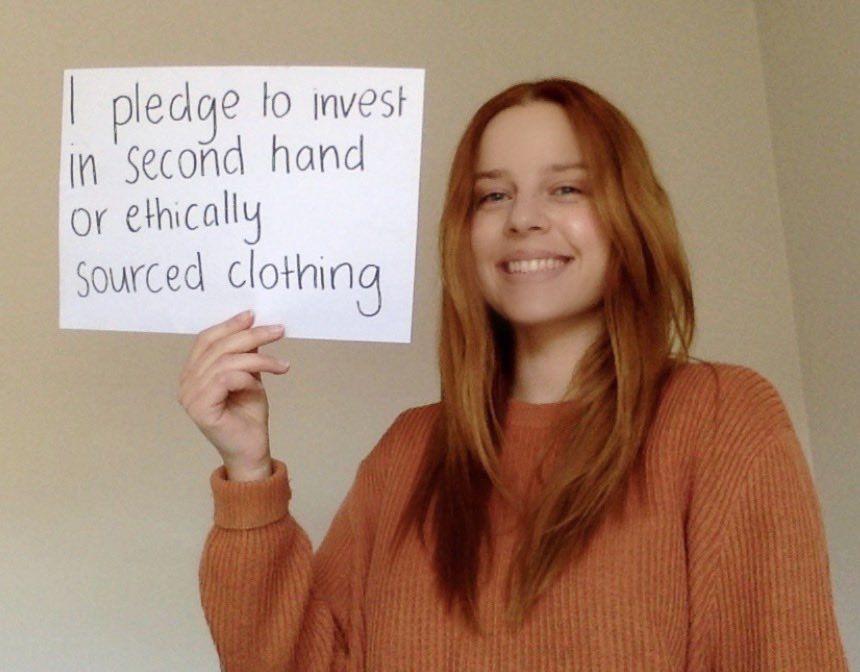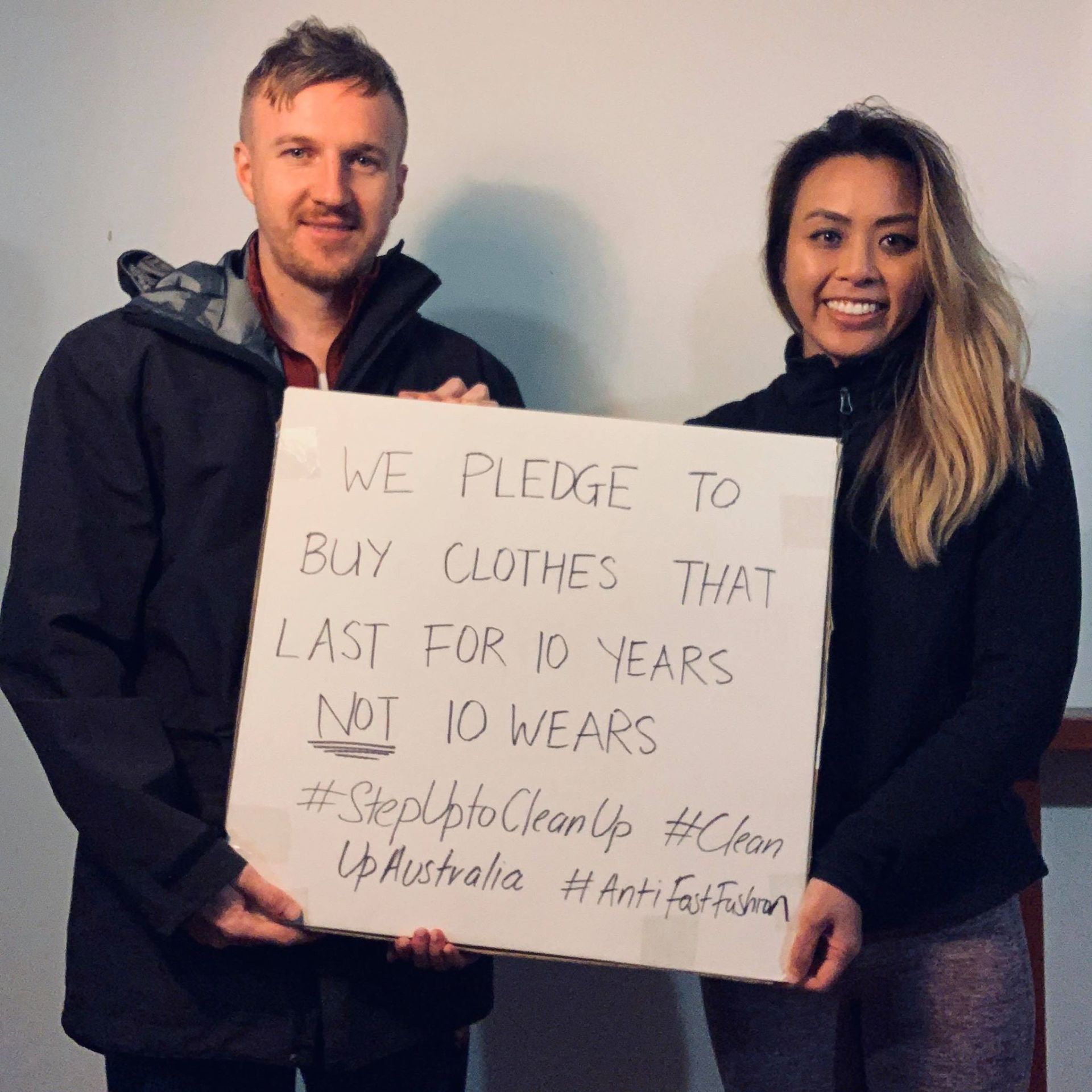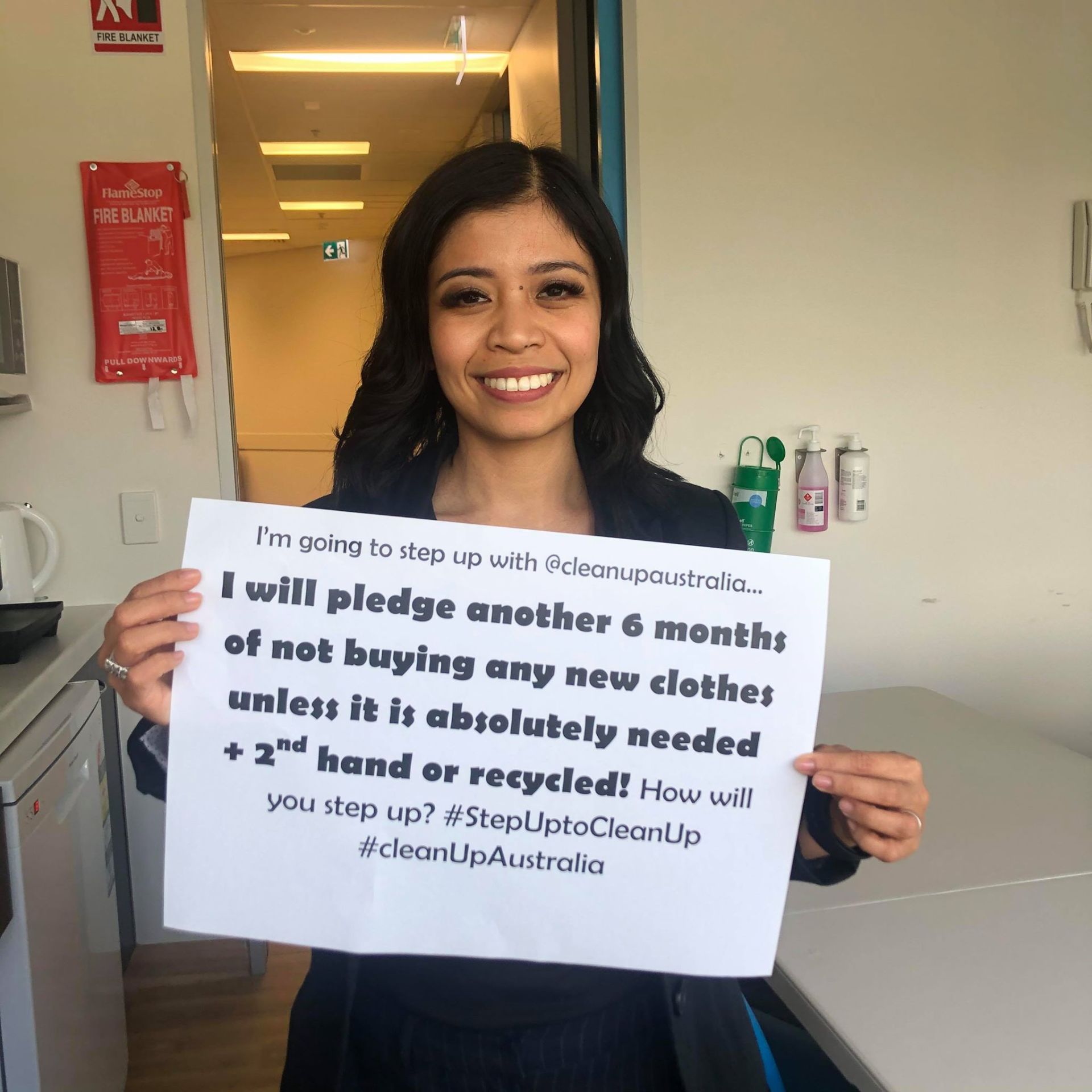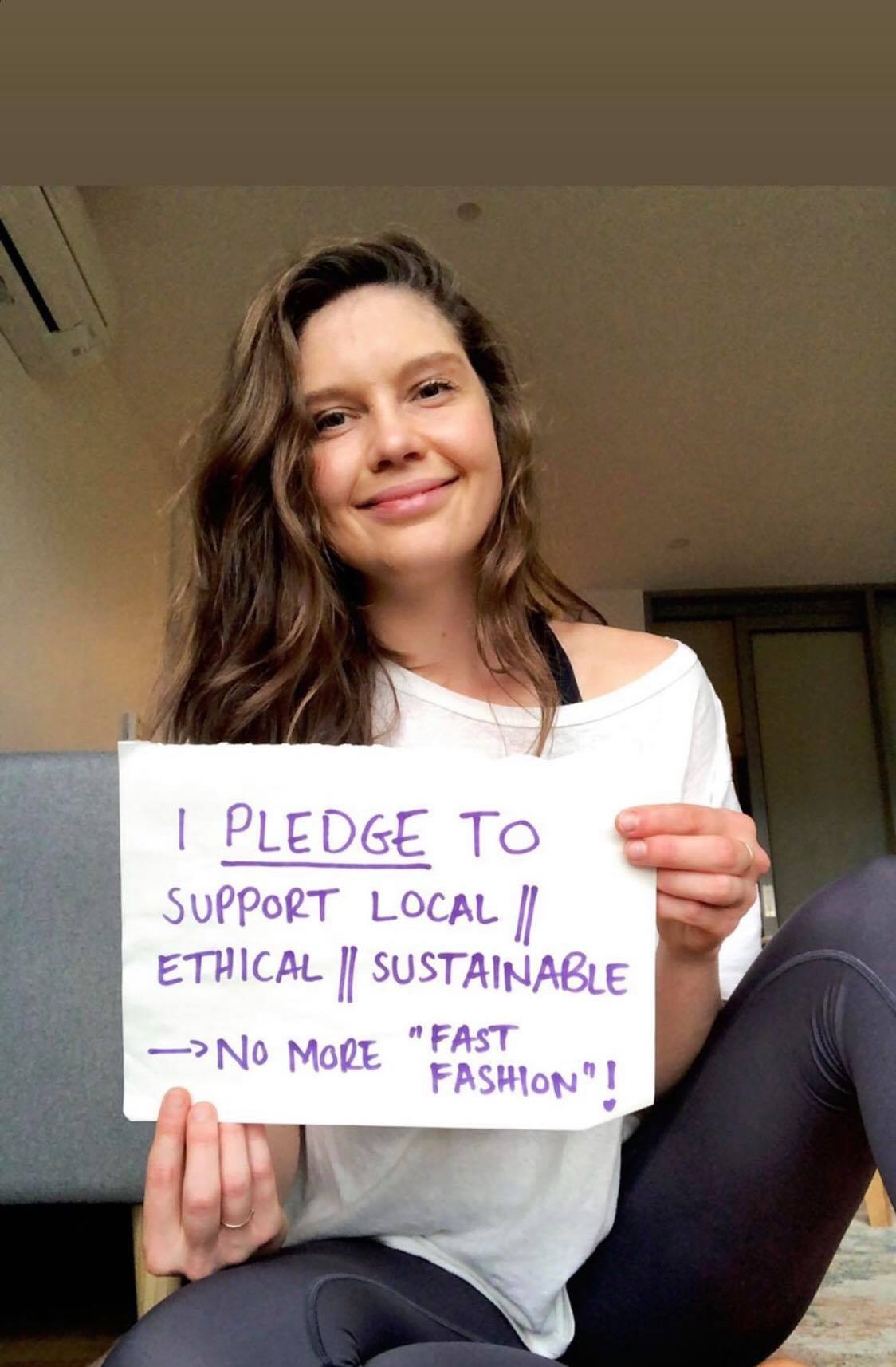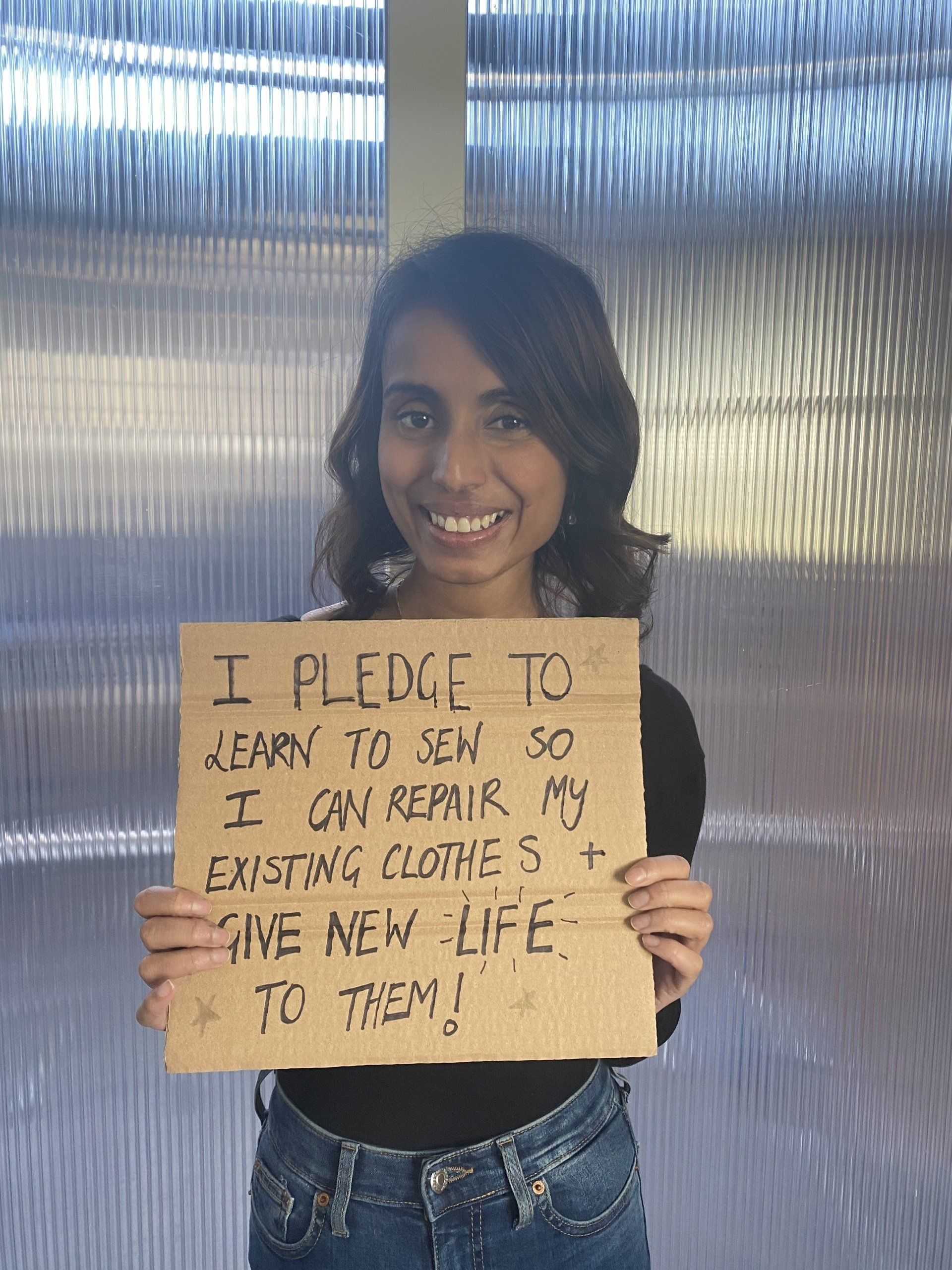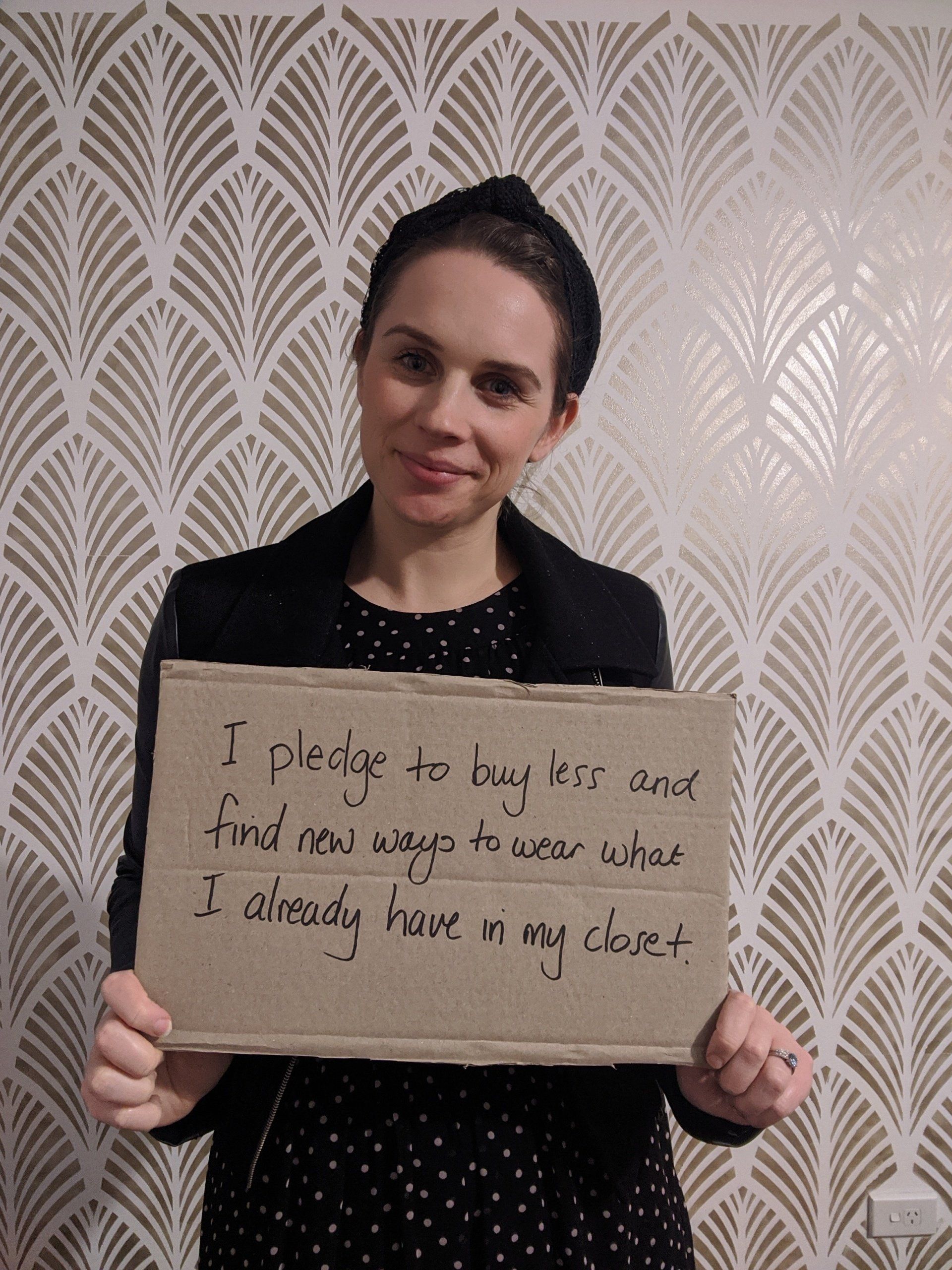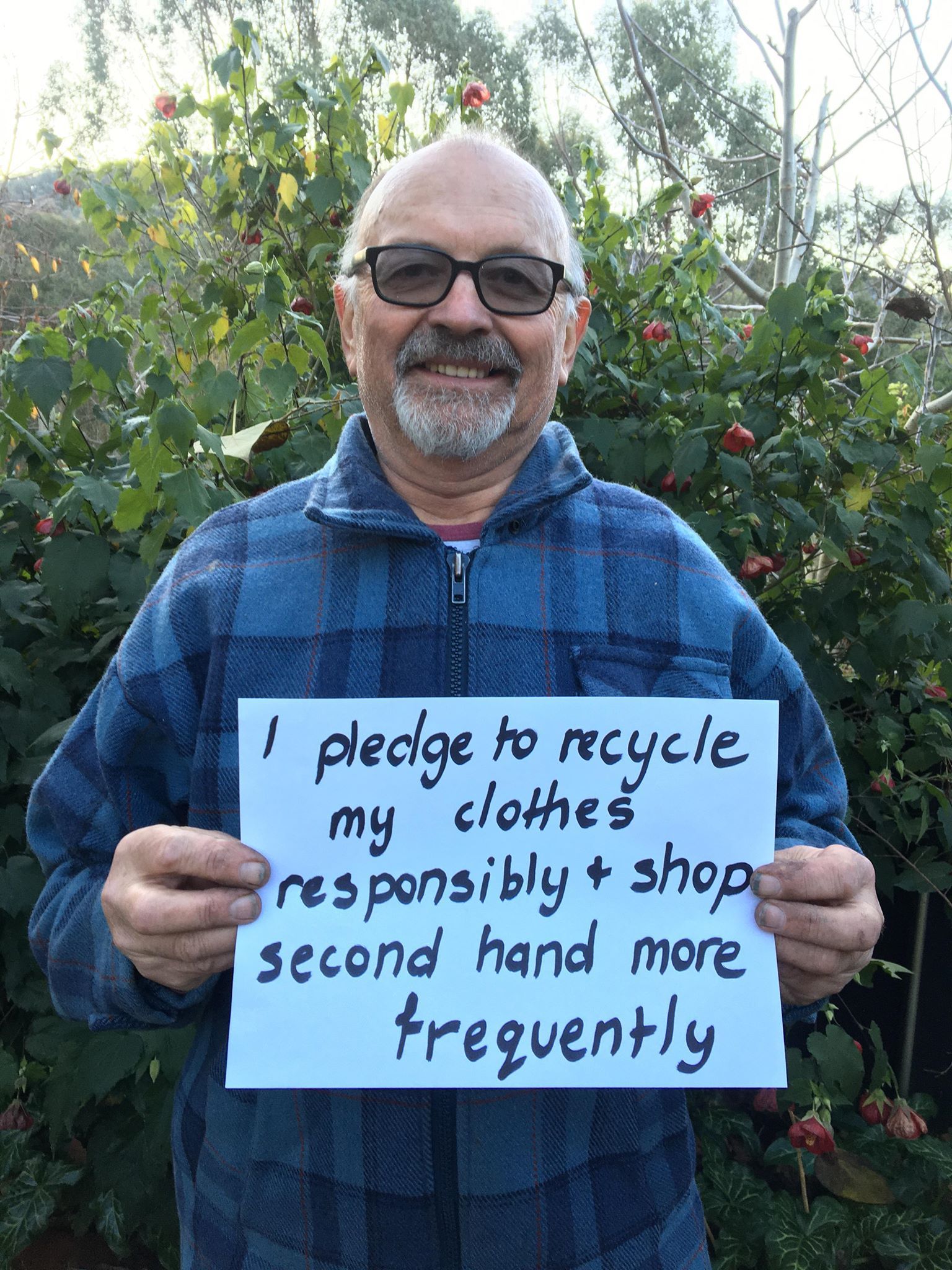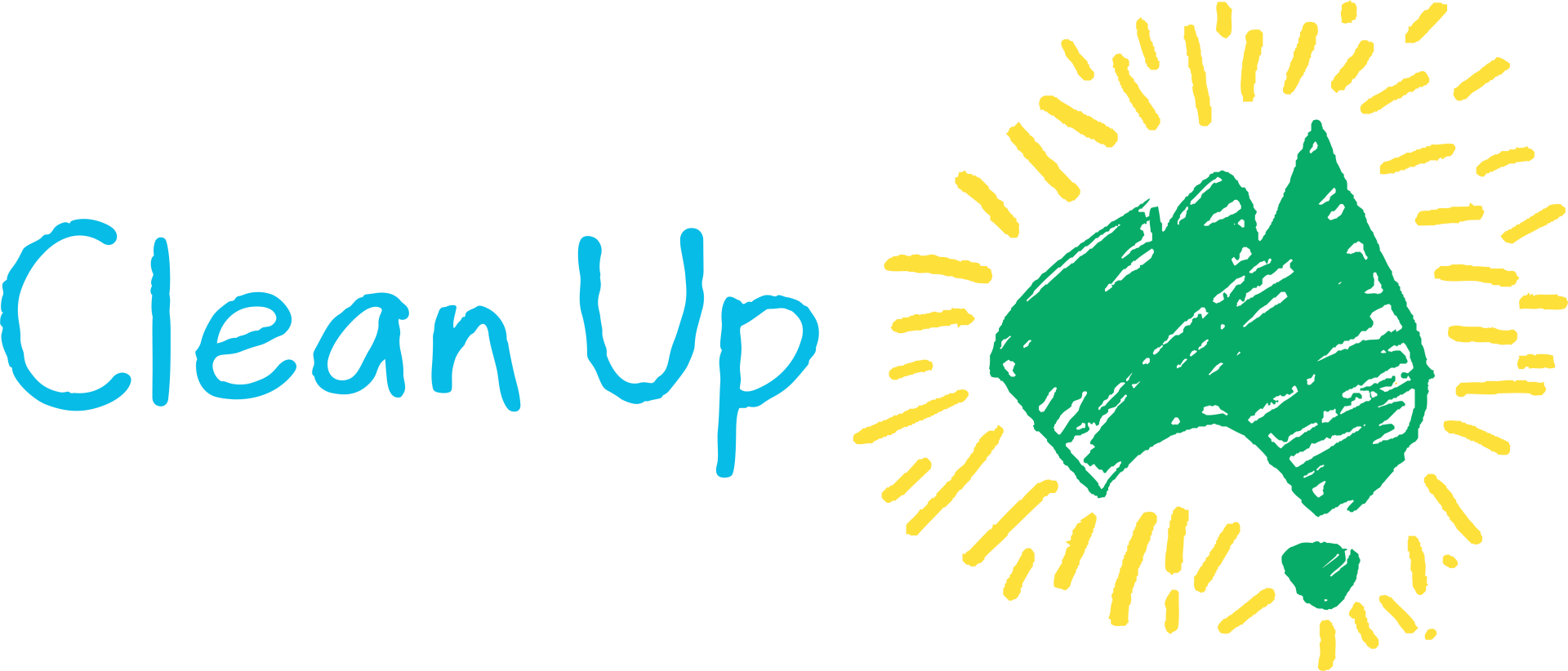Drowning in plastic waste: A global and local problem
It is 2024 and there are 150 million metric tonnes of plastic pollution in the ocean.
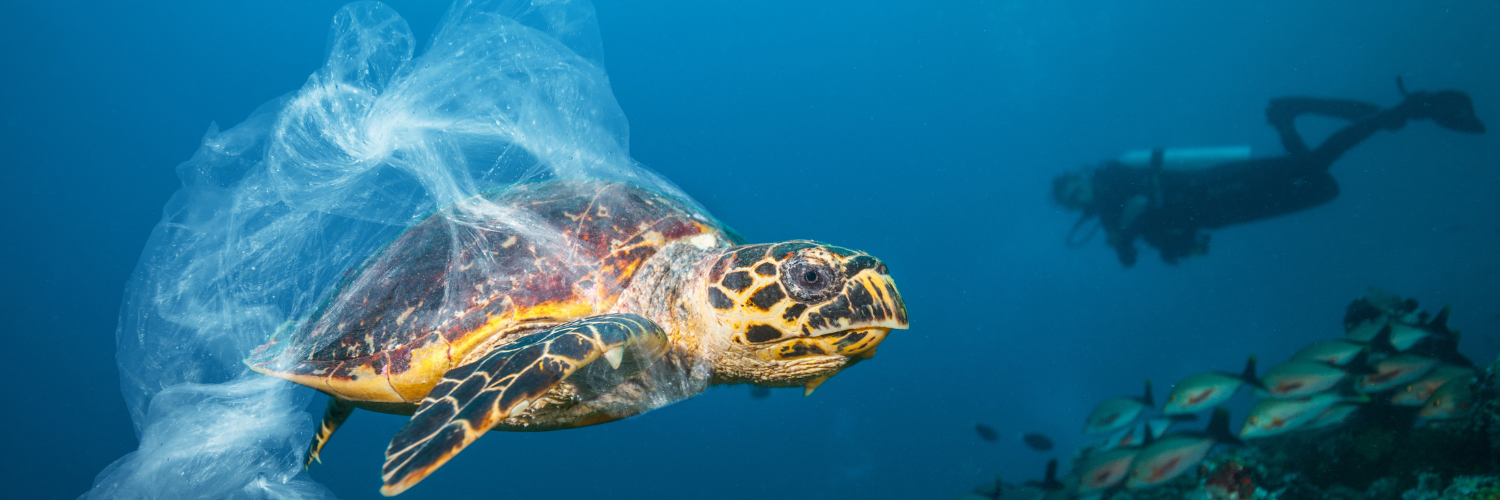
By 2040, global plastic pollution is expected to double, with the ocean’s plastic pollution expected to more than quadruple.
By now, the global plastic crisis is well-documented. The Great Pacific Garbage Patch is a collection of floating marine debris concentrated in the North Pacific Ocean. At this stage, the “patch” – also known as the Pacific trash vortex – spans waters from the West Coast of North America to Japan. The patch is actually comprised of two patches – the Western Garbage Patch, and the Eastern Garbage Patch.
It covers an estimated surface area of 1.6 million square kilometres, which is an area three times the size of France. Made up of millions of pieces of microplastics, the water in the patch looks like a cloudy soup. These tiny pieces of plastic are interspersed with larger items, like plastic bottles, fishing nets, and sneakers. National Geographic estimates that 80 percent of plastic in the ocean comes from land-based sources, with the remaining 20 percent coming from boats and other marine sources.
But it’s all connected.
Closer to home, in Australia, there are 130,000 tonnes of plastic pollution leaking into the marine environment each year. Three quarters of the pollution on Australia’s coastlines is made up of plastic, posing a significant risk to biodiversity, human health and fisheries management.
CSIRO describes how marine wildlife becomes entangled in abandoned and discarded fishing gear, plastics bags, ropes, clothing and six-pack rings. At particular risk to plastic-related injuries are sea turtles, marine mammals, seabirds and whales. And microplastics have been detected in everything from salt, to beer, the summit of Mt Everest, to the deepest oceans. Most recently, they’ve been found in the placentas of newborn babies.
While the health effects of microplastics are as yet unclear, scientists are concerned about the link between plastics in human tissues and significant health problems, including inflammatory bowel disease and colon cancer. Plastics are everywhere and they are causing harm.
So how did we get here?
According to a UN report, between 1950 and 1970, plastic use and production levels remained relatively low. However, between the 1970s and the 1990s, plastic waste generation more than tripled, reflecting a similar rise in plastic production.
In the early 2000s, the amount of plastic waste we generated rose more in a single decade than it had in the previous 40 years.
We live in a society where convenience is prioritised overall. We are addicted to having food and drink “on the go” and meals “ready-made”. Plastic is central to that convenience. But, as Bel Chellingworth, Circular Economy Consultant said in an interview on ABC Nightlife – plastic has also become prolific because it is good at achieving its primary purpose: protecting food and products. Plastic is lightweight, flexible and usually unbreakable – and it is completely resistant to air and water.
But our society has become addicted to plastics – and the amount we use is both unnecessary, and harmful for the environment. Because while good at its primary purpose, the length of time a single-use plastic item is in use does not justify a breakdown period of 20-500 years in the environment.
Plastic is forever, and the earth cannot cope.
We need to prioritise less plastics, and that means moving away from single-use and opting instead for reusables – like glass jars, Tupperware containers, and fabric bags. It also means returning to wholesome practices which support a fulfilling life – like eating in or sitting down for a coffee. For café and restaurant owners, it might mean supporting sustainable practices like washing dishes, rather than throwing out single-use ones.
It’s Plastic Free July – so now is the perfect time to begin reducing your use of plastics and reducing your impact on the planet. The initiative, started by Rebecca Prince-Ruiz in 2011, imagines a world free of plastic waste. Now a global campaign, Plastic Free July encourages us all to take small steps to reduce plastic waste.
Some key priority steps you could take, include:
- Remembering to pack your reusable coffee cup
- Substituting plates to cover food, instead of clingwrap
- Using containers instead of sandwich bags
- Avoiding individually-wrapped items
- Taking reusable containers to pick-up your take-away – this practice is slowly becoming more and more accepted
For an entire list of tips check out Clean Up Australia’s 101 tips to reducing plastic in your life.
On our end, Clean Up Australia is busy working toward a more circular future, where plastic-use is minimised, objects are designed for longevity of life, and if they do reach end-of-life – they are recycled. Recently, Clean Up Australia submitted to an Inquiry by the Standing Committee on Climate Change, Energy, Environment and Water, whose report ‘Drowning in waste: Plastic pollution in Australia’s oceans and waterways’ was released in May. The report outlines some key recommendations to reduce plastic pollution in our oceans and waterways – and Clean Up Australia is completely on board!
At Clean Up Australia, we support:
- An updated National Plastics Plan which includes standardised definitions and guidelines surrounding plastics, reporting and transparency measures to monitor progress and accountability within plastics collection and recycling
- Development of a sustainable end-market for recovered plastics via Government mandates
- Regulation of plastic manufacturers to enforce the use of recycled materials in products, instead of virgin plastics
- Systematic, harmonised, national recycling programs for problem materials like soft plastics
- Development and establishment of increased recycling infrastructure in remote and coastal communities
- Nationally harmonised single-use plastic bans
- Nationally expanded and harmonised Container Deposit Schemes
- A national microplastics reduction strategy via monitoring and stormwater filters
- Increased support for Indigenous Rangers groups from remote areas where plastic pollution is a problem
- Supported education programs which focus on recycling practices, recyclability labelling and consumption practices
It’s time to stop plastic waste at the source.
Lucia Moon is Project Officer at Clean Up Australia.
Search for other blog topics:
